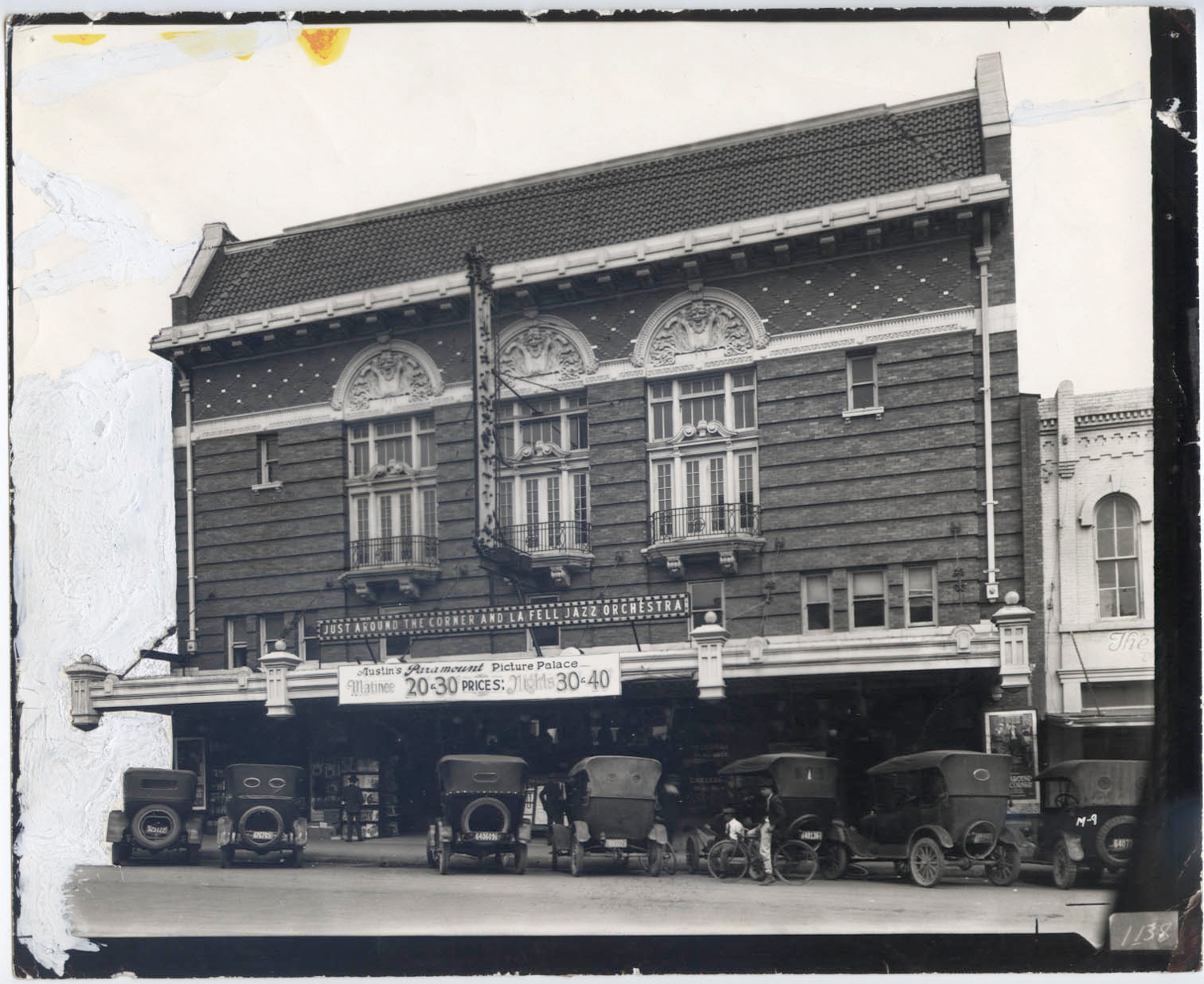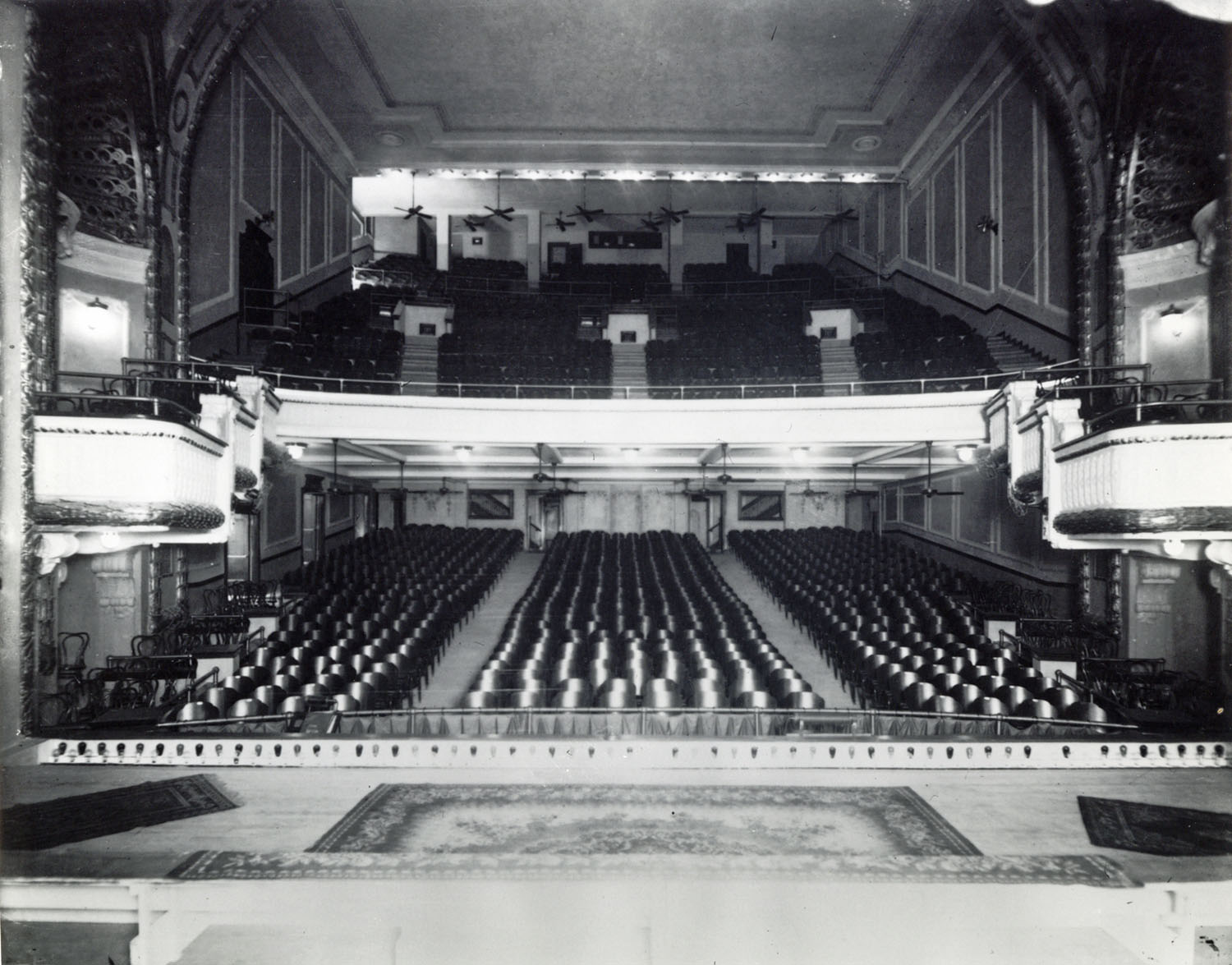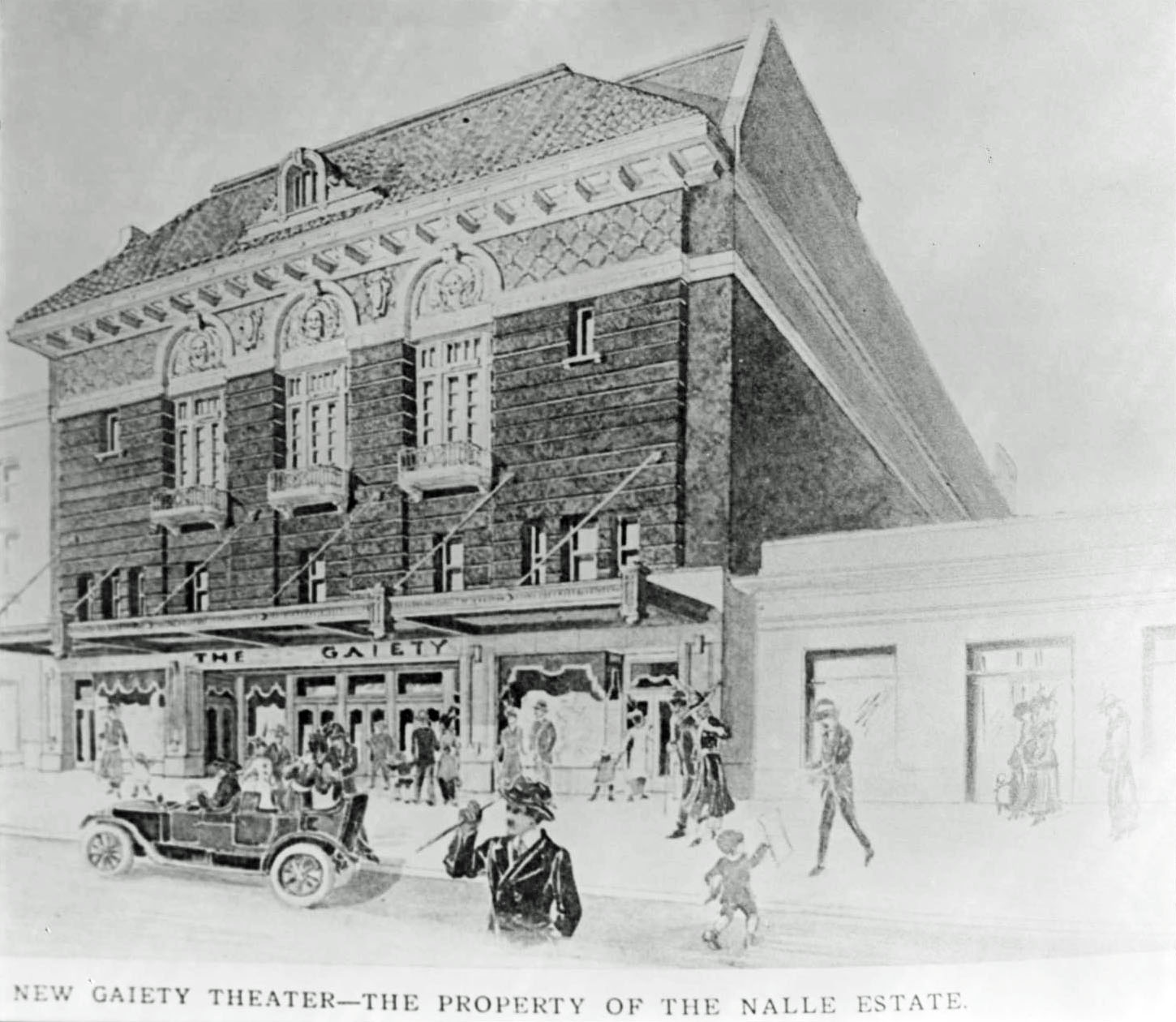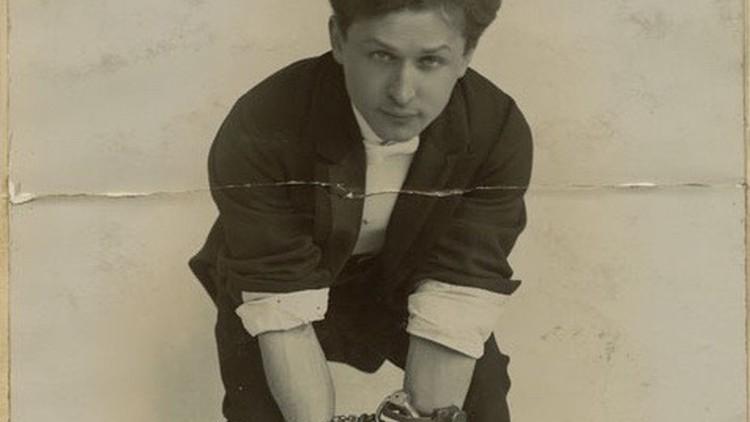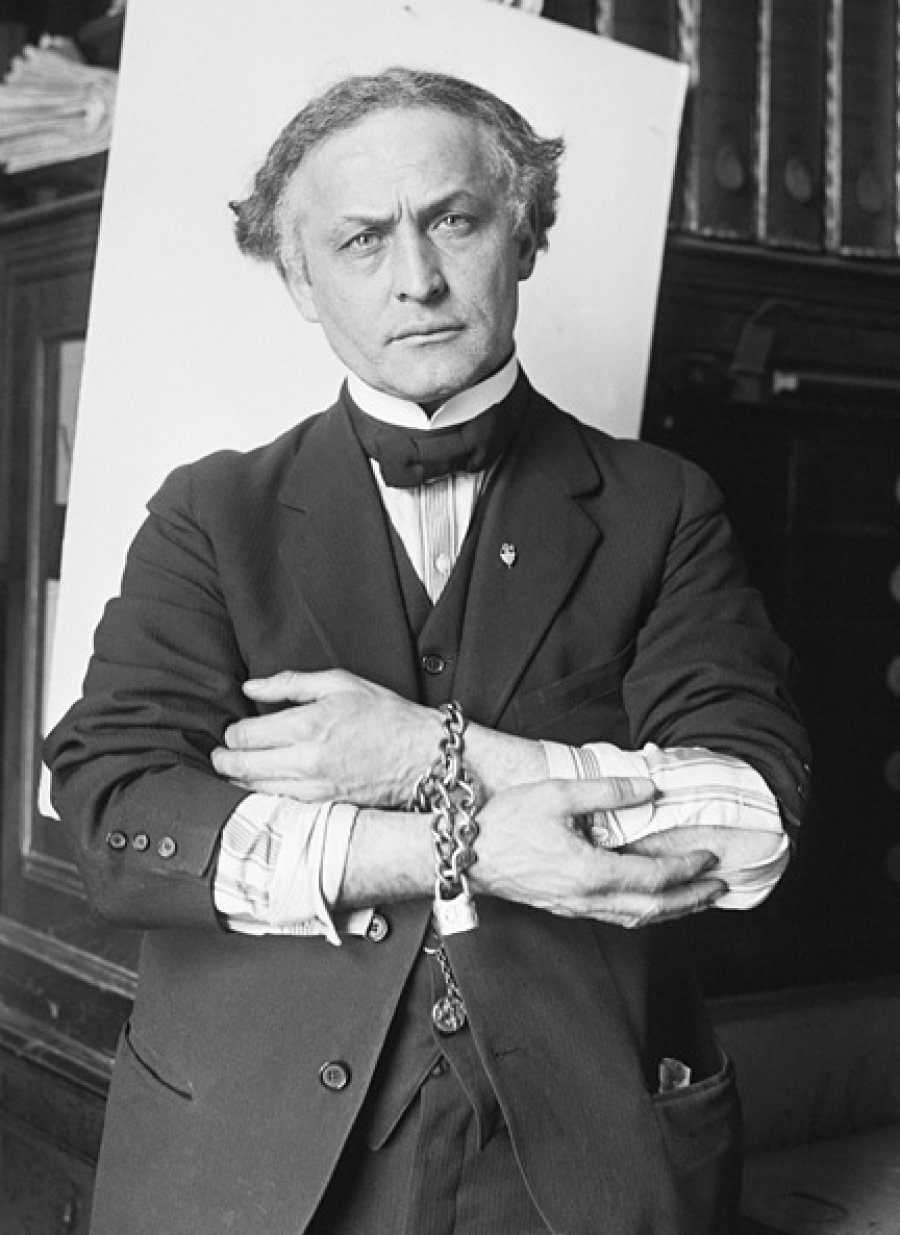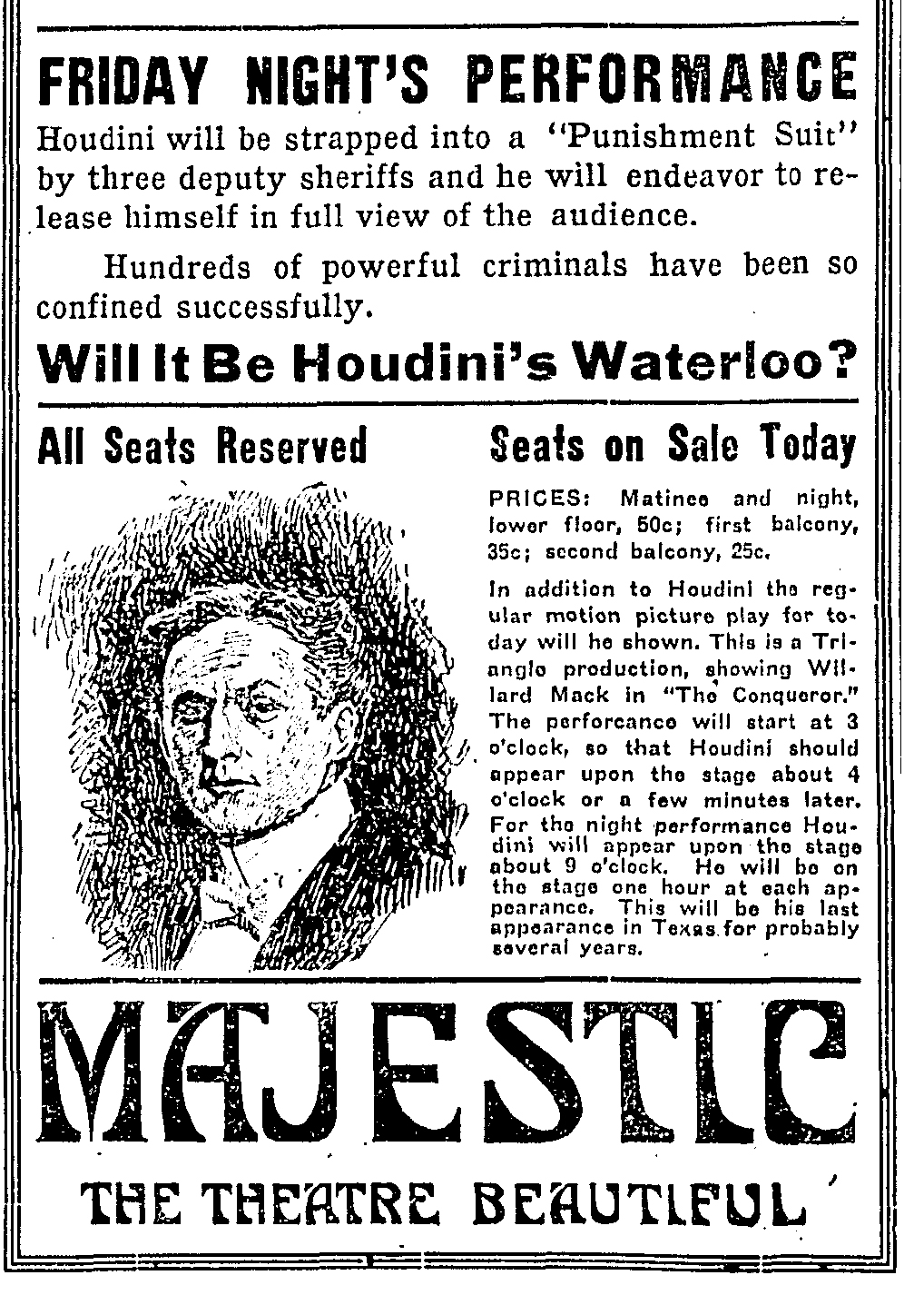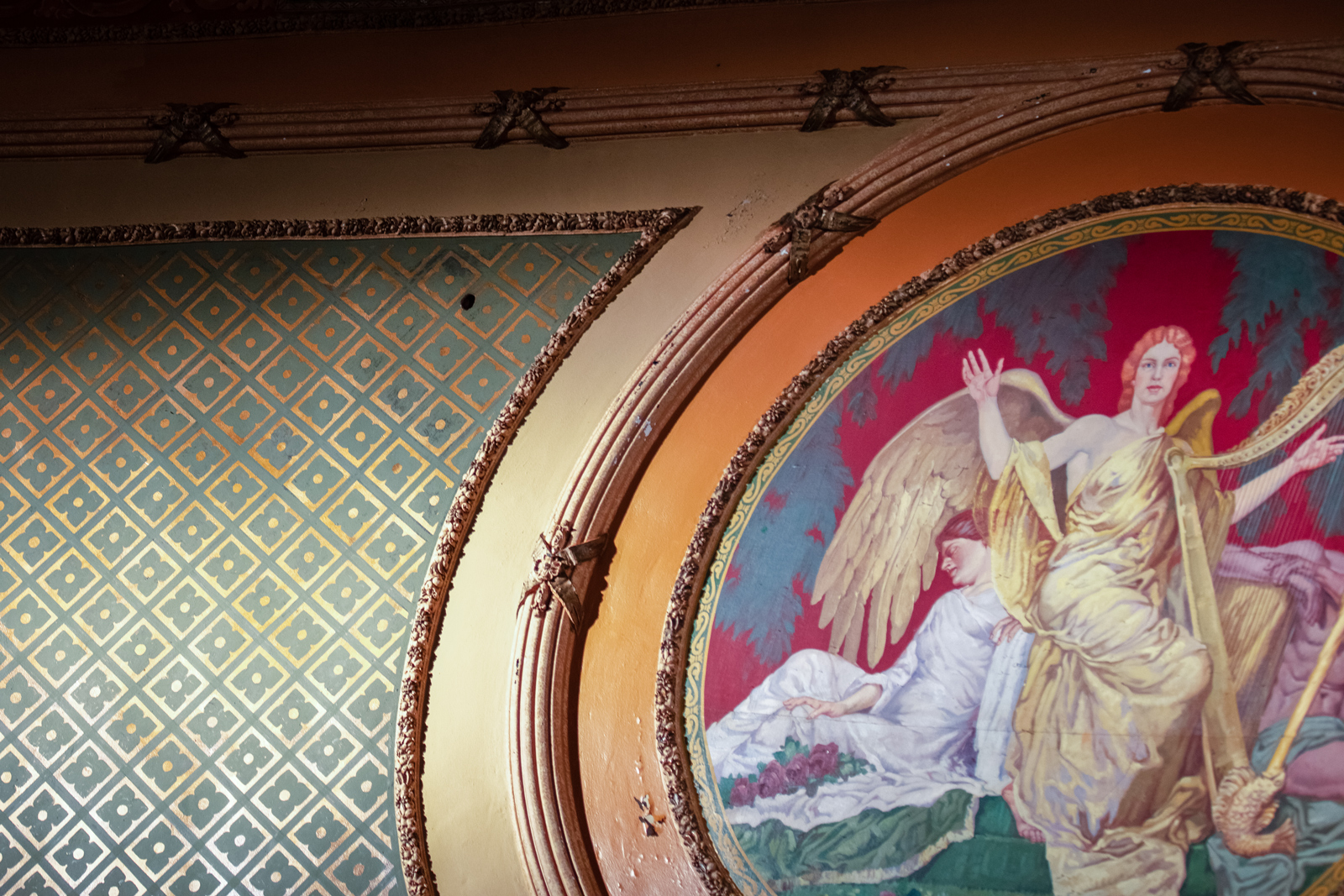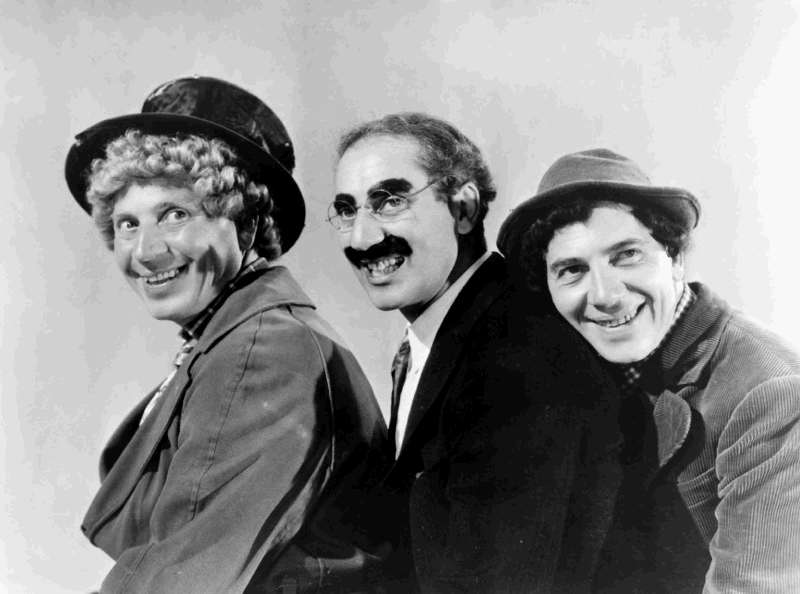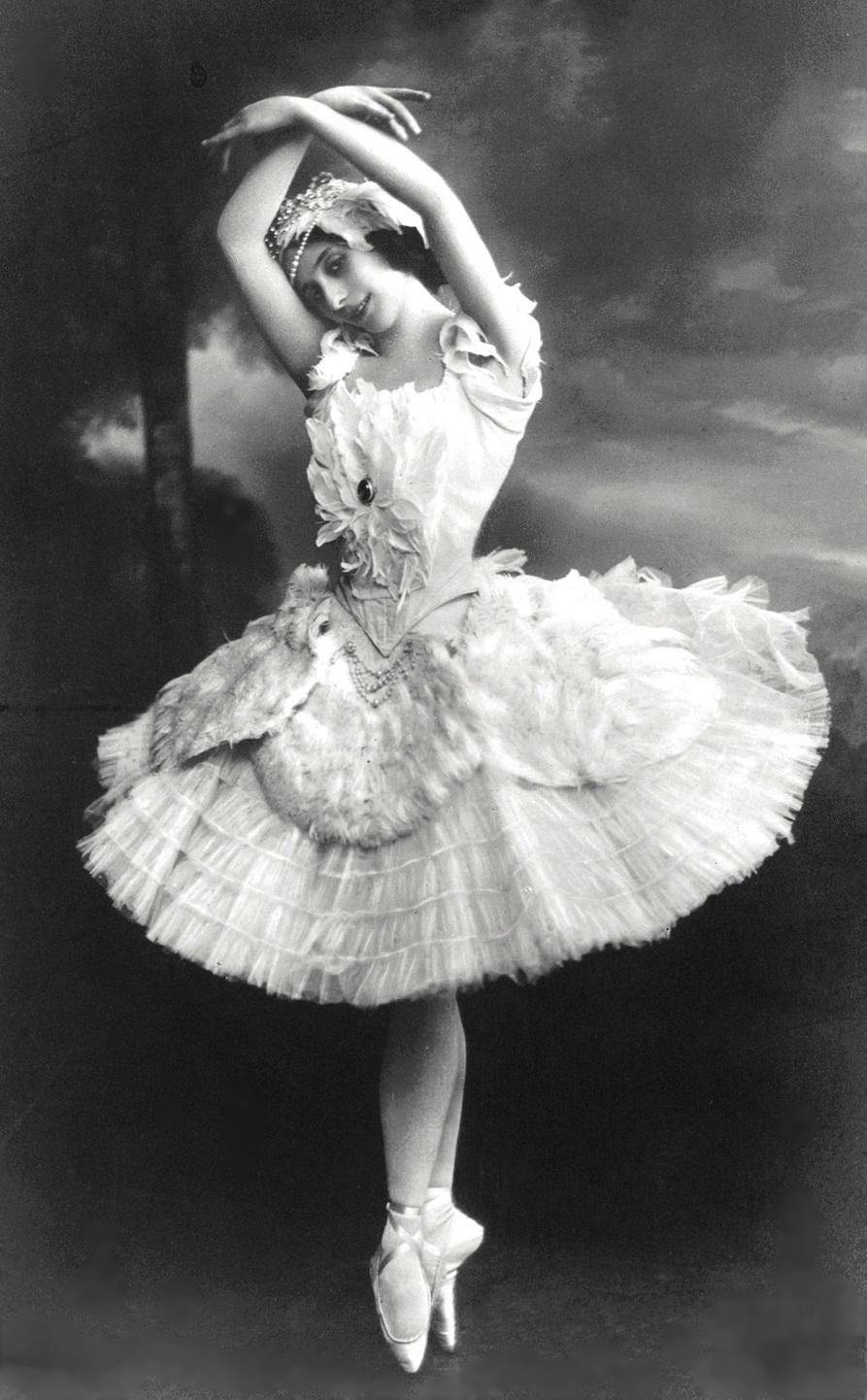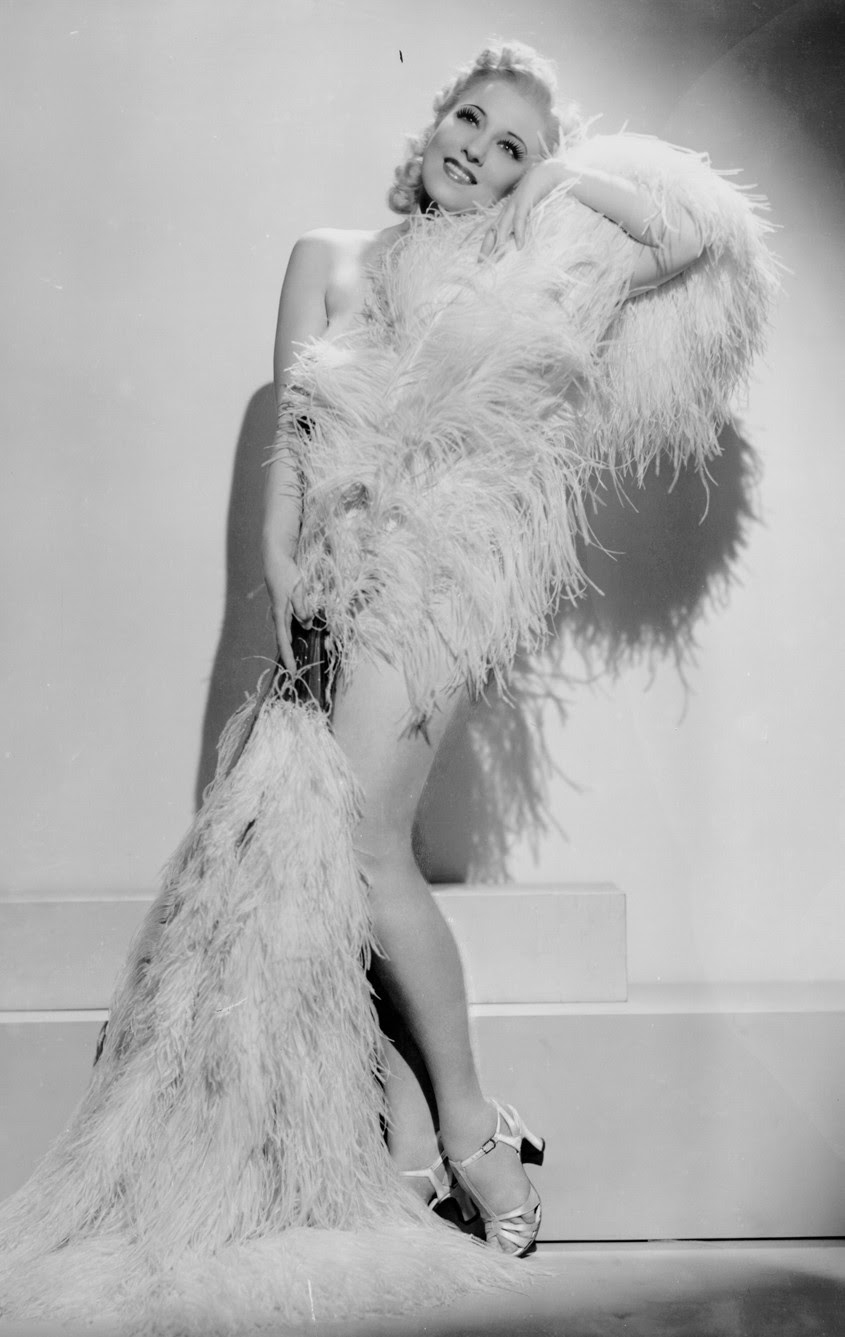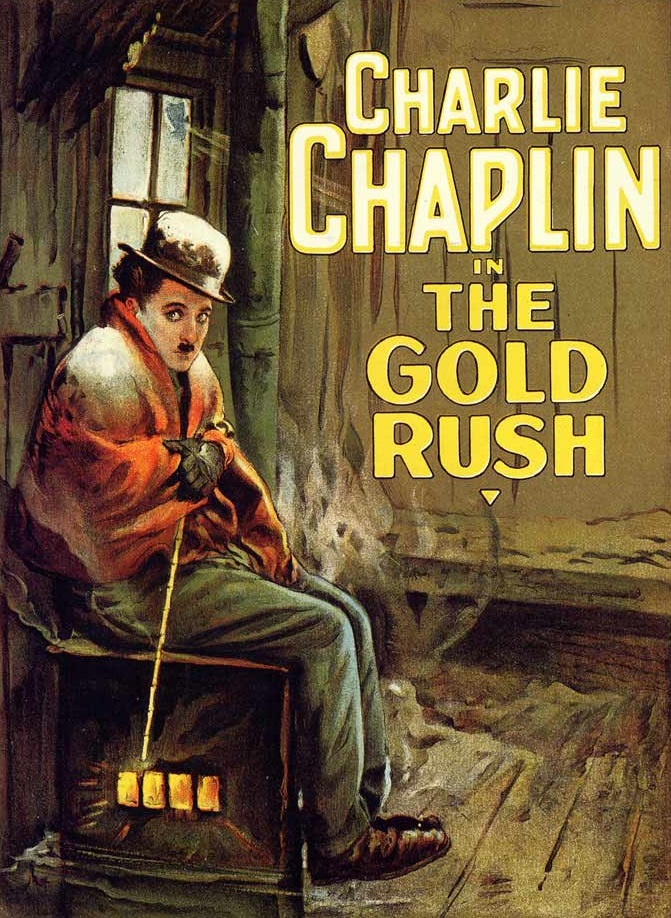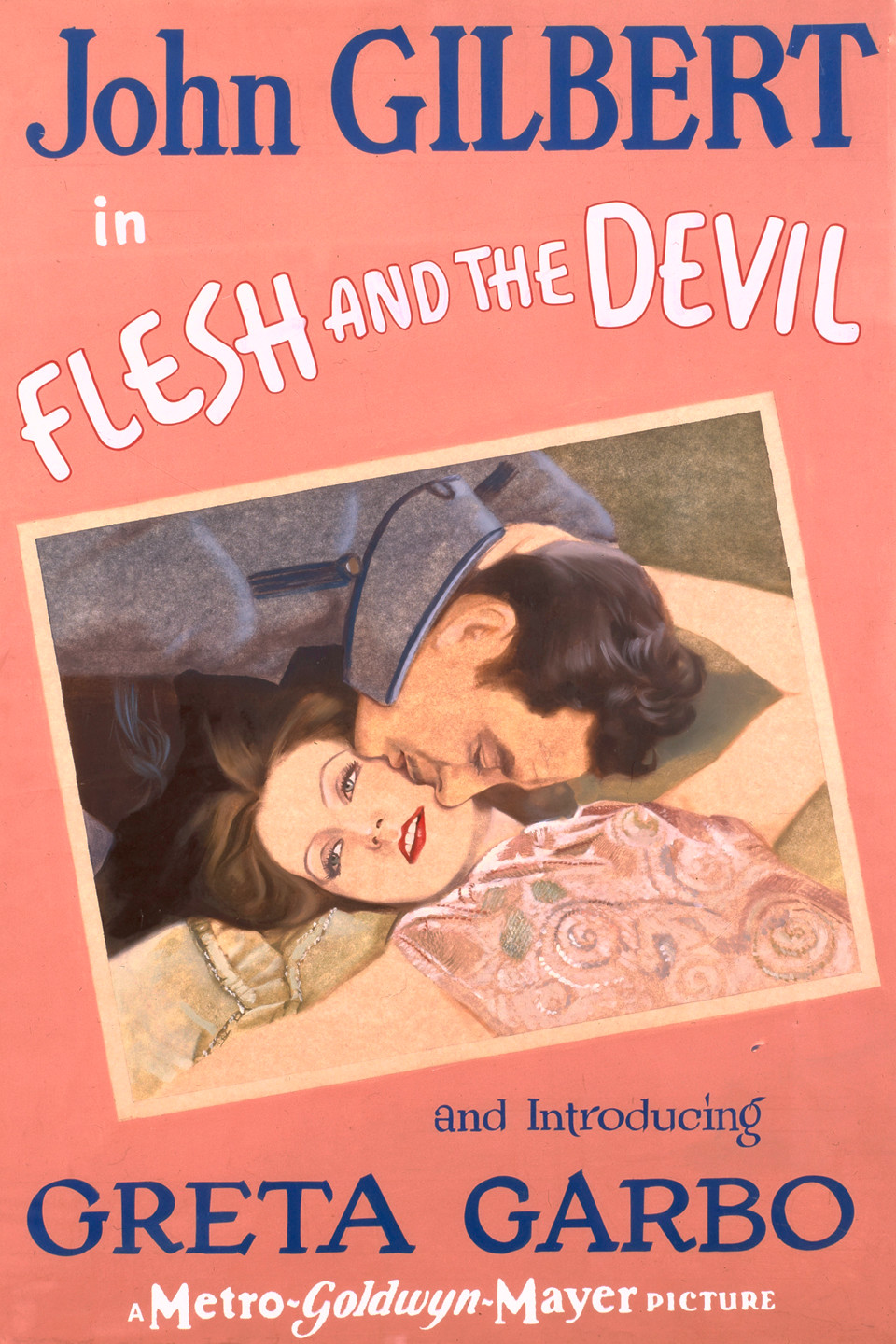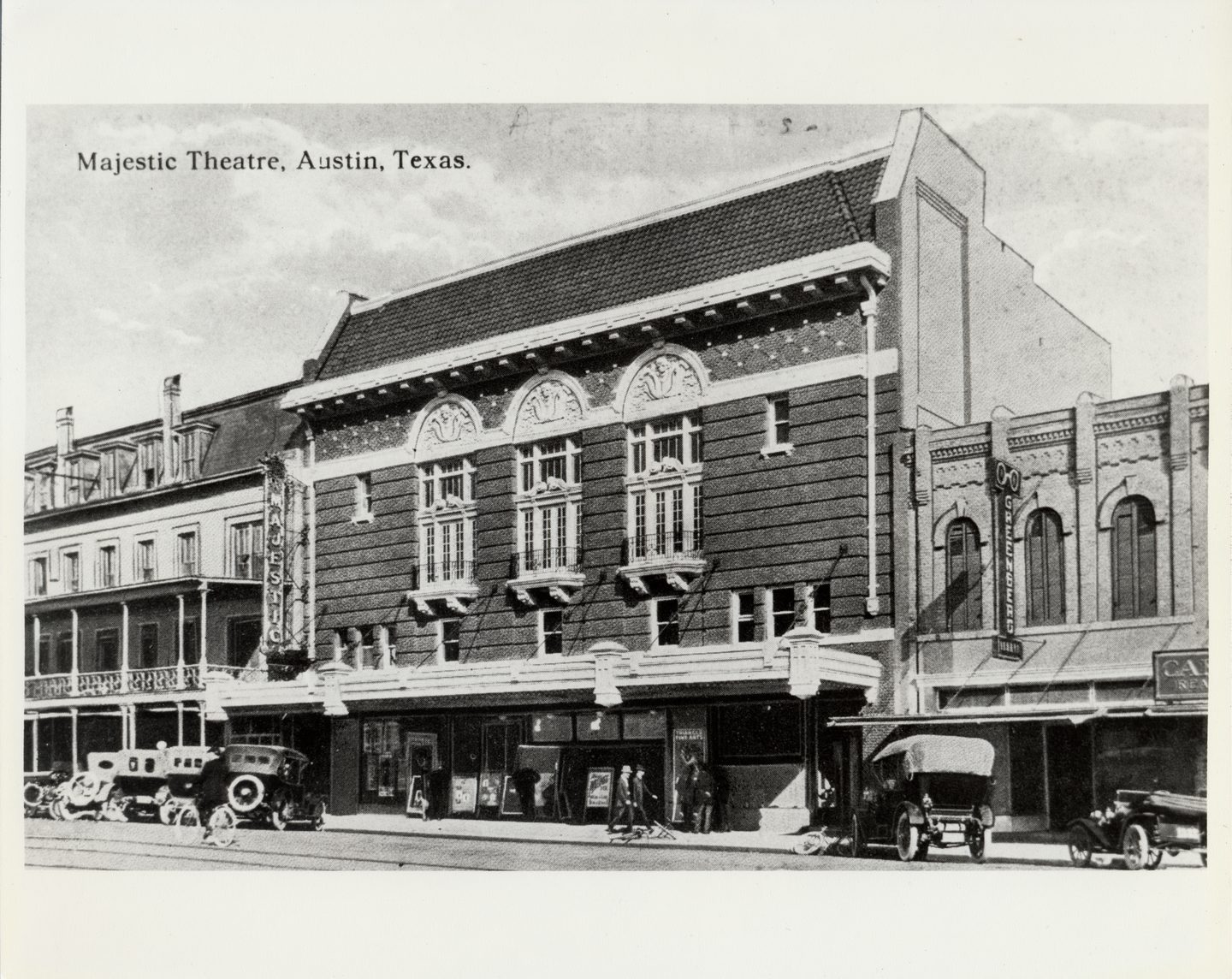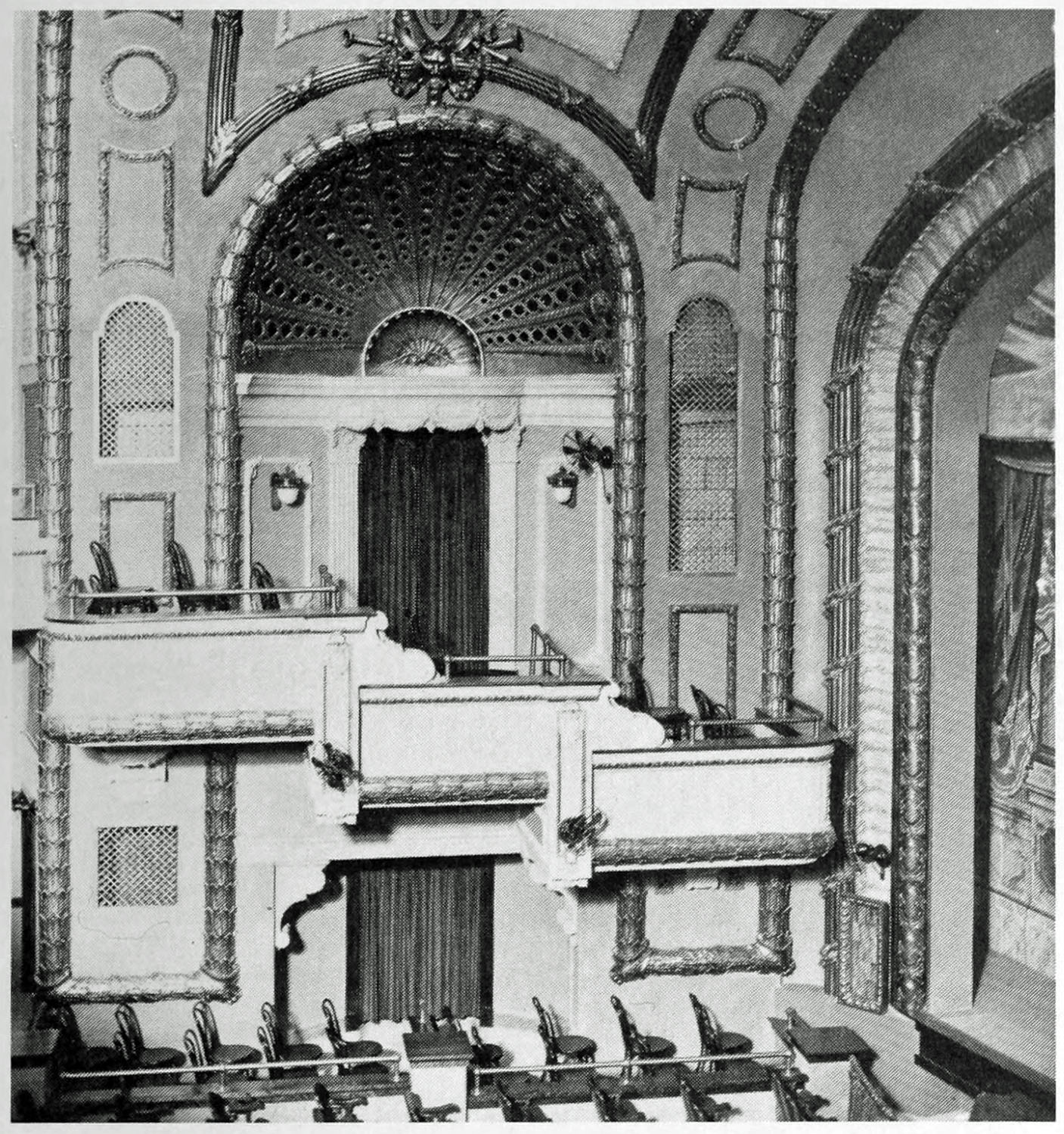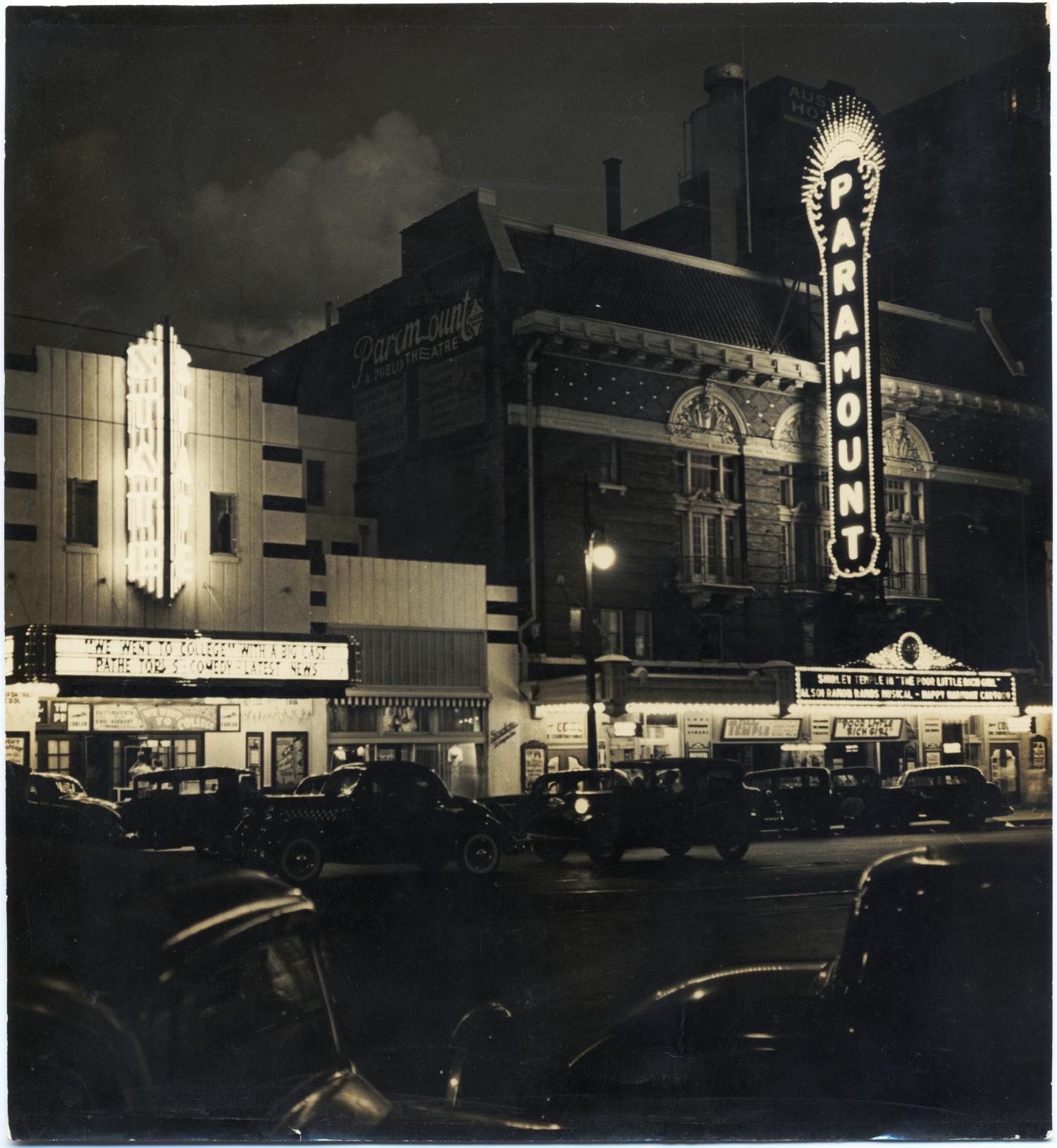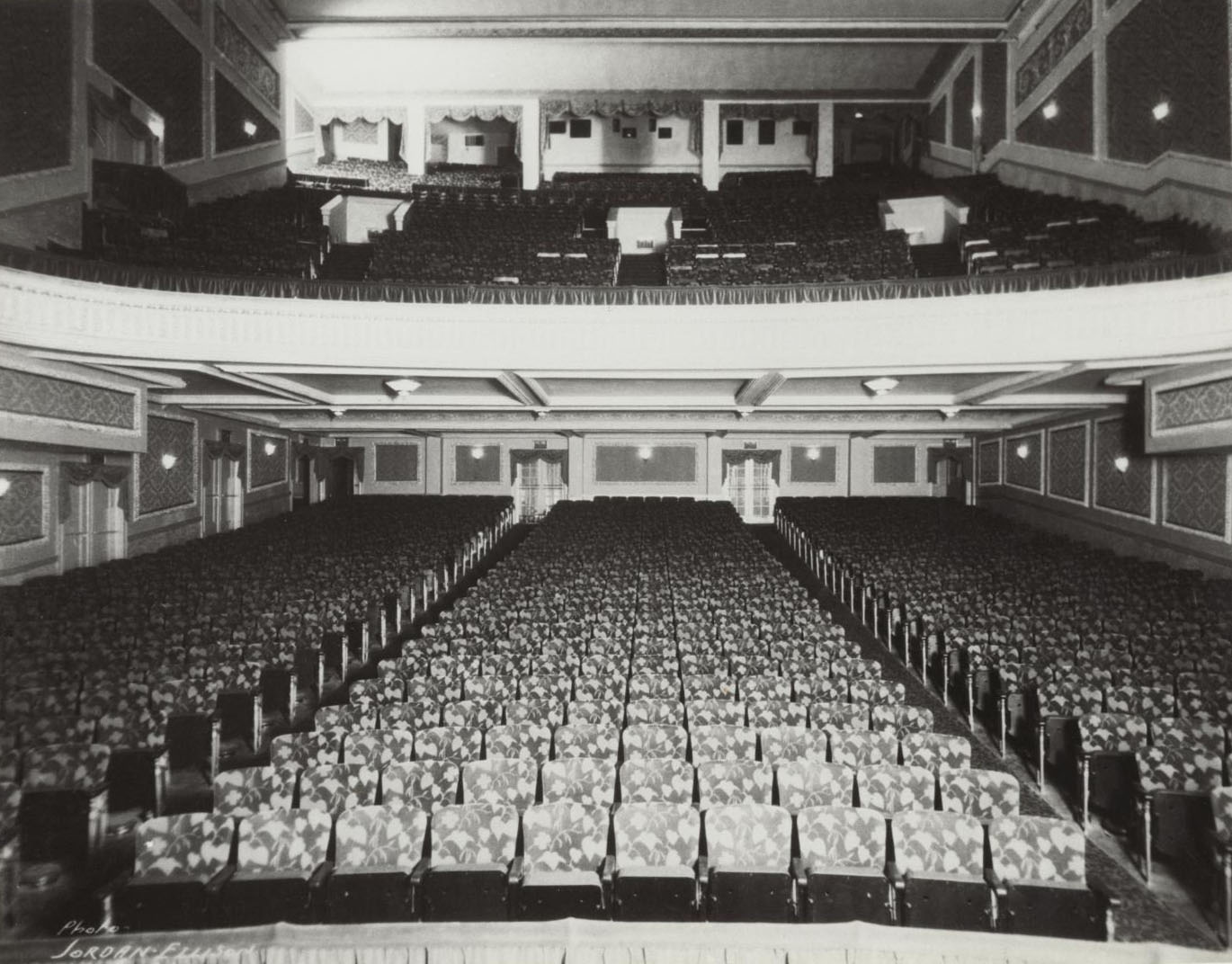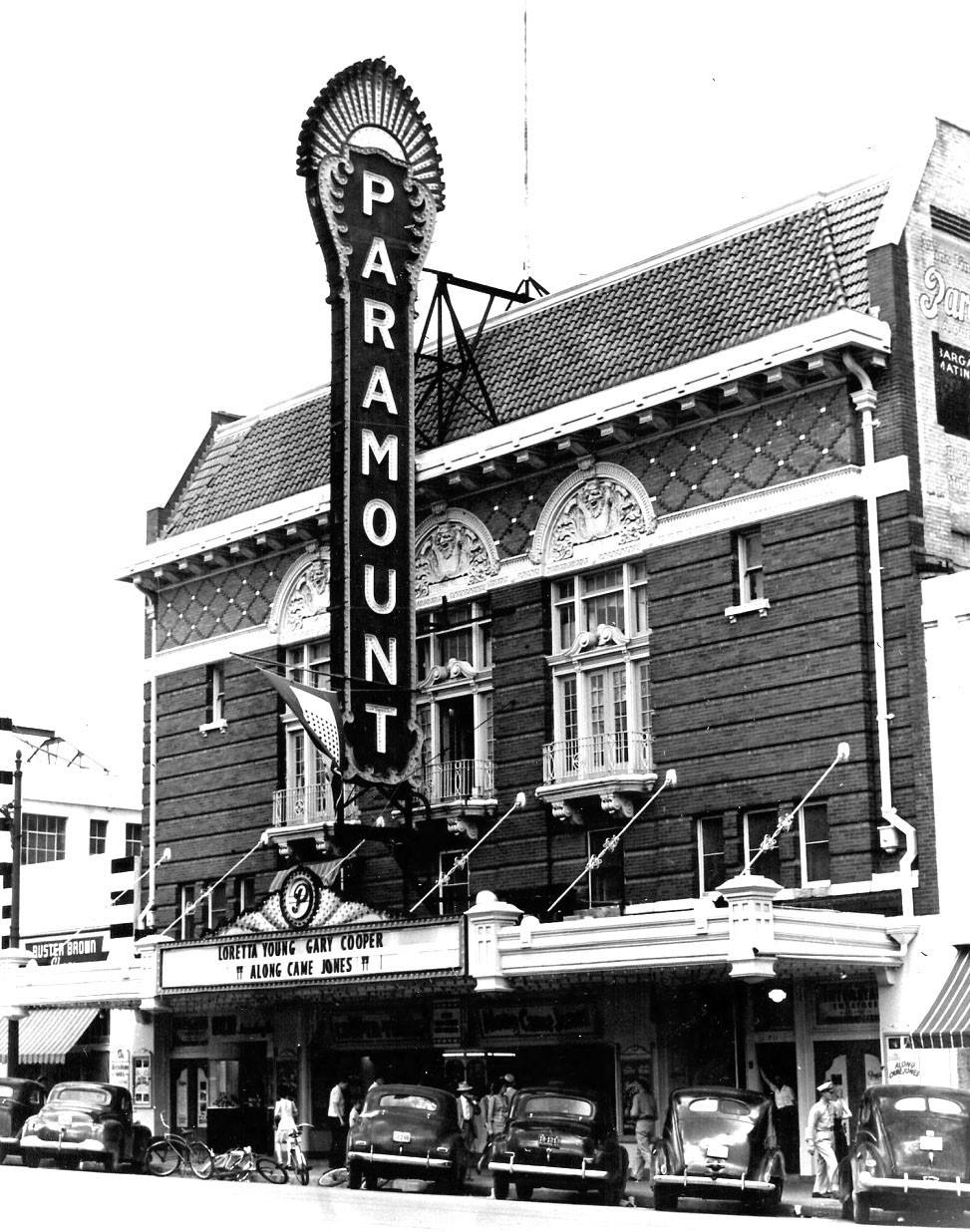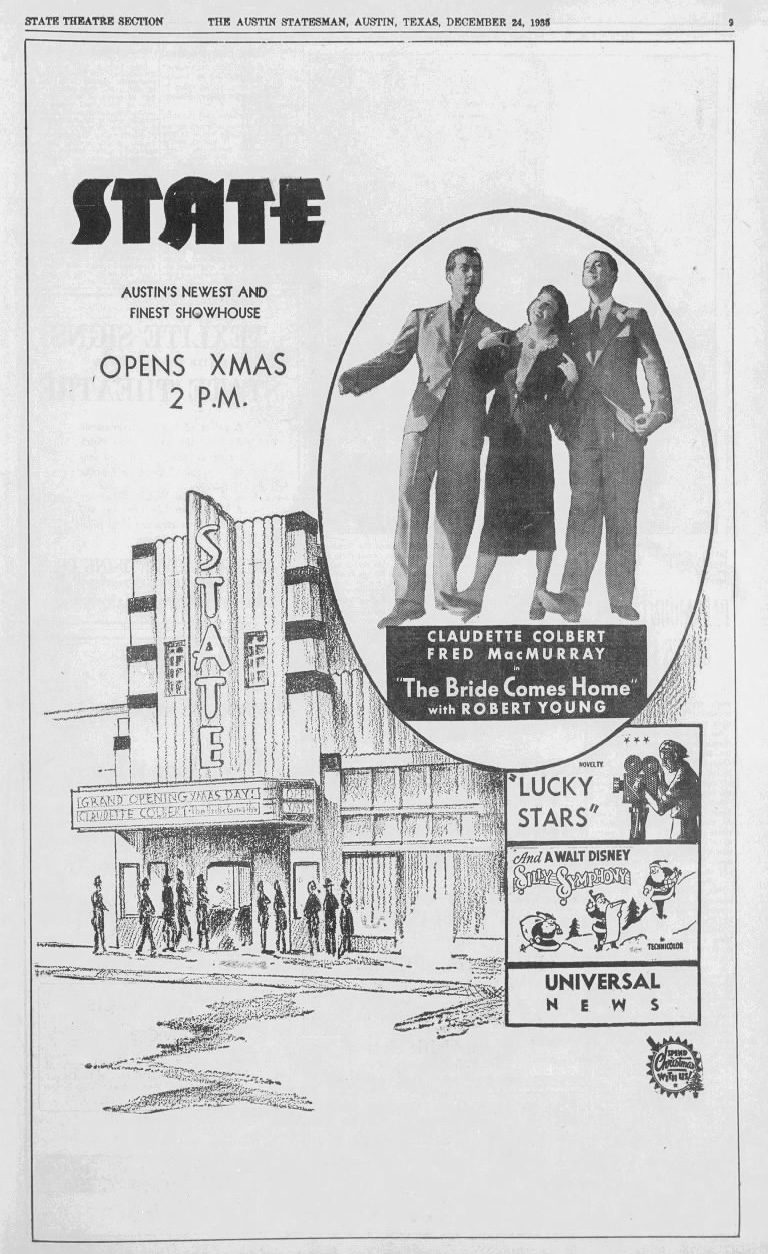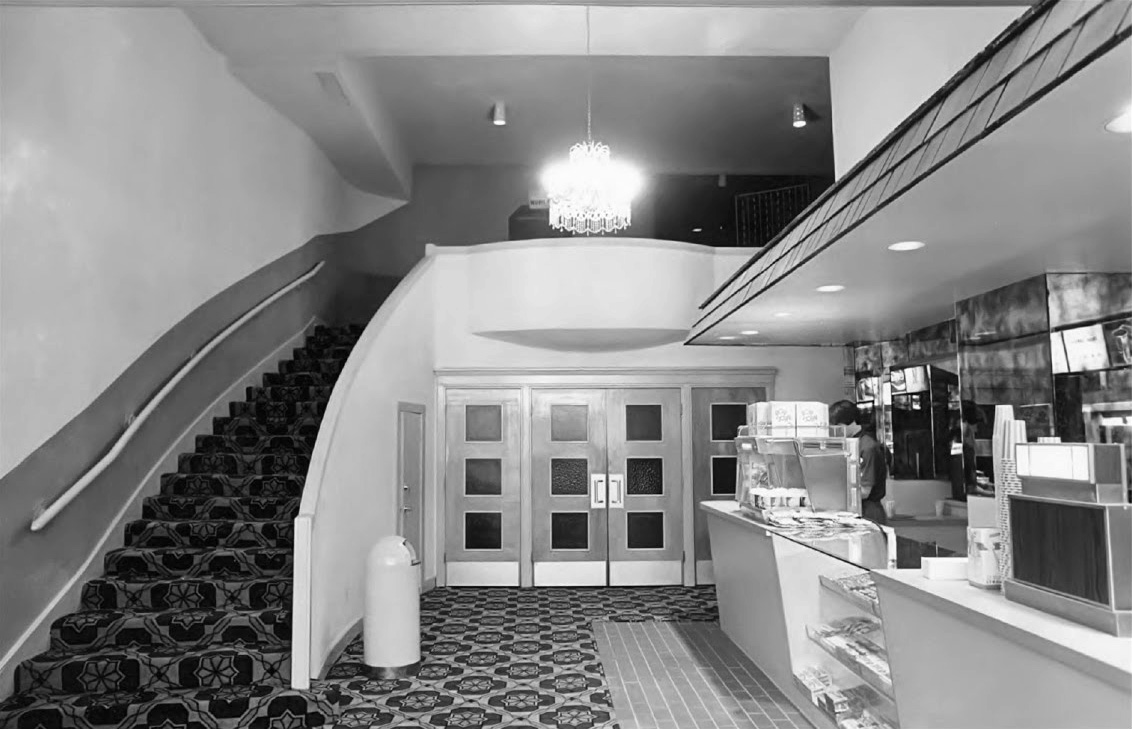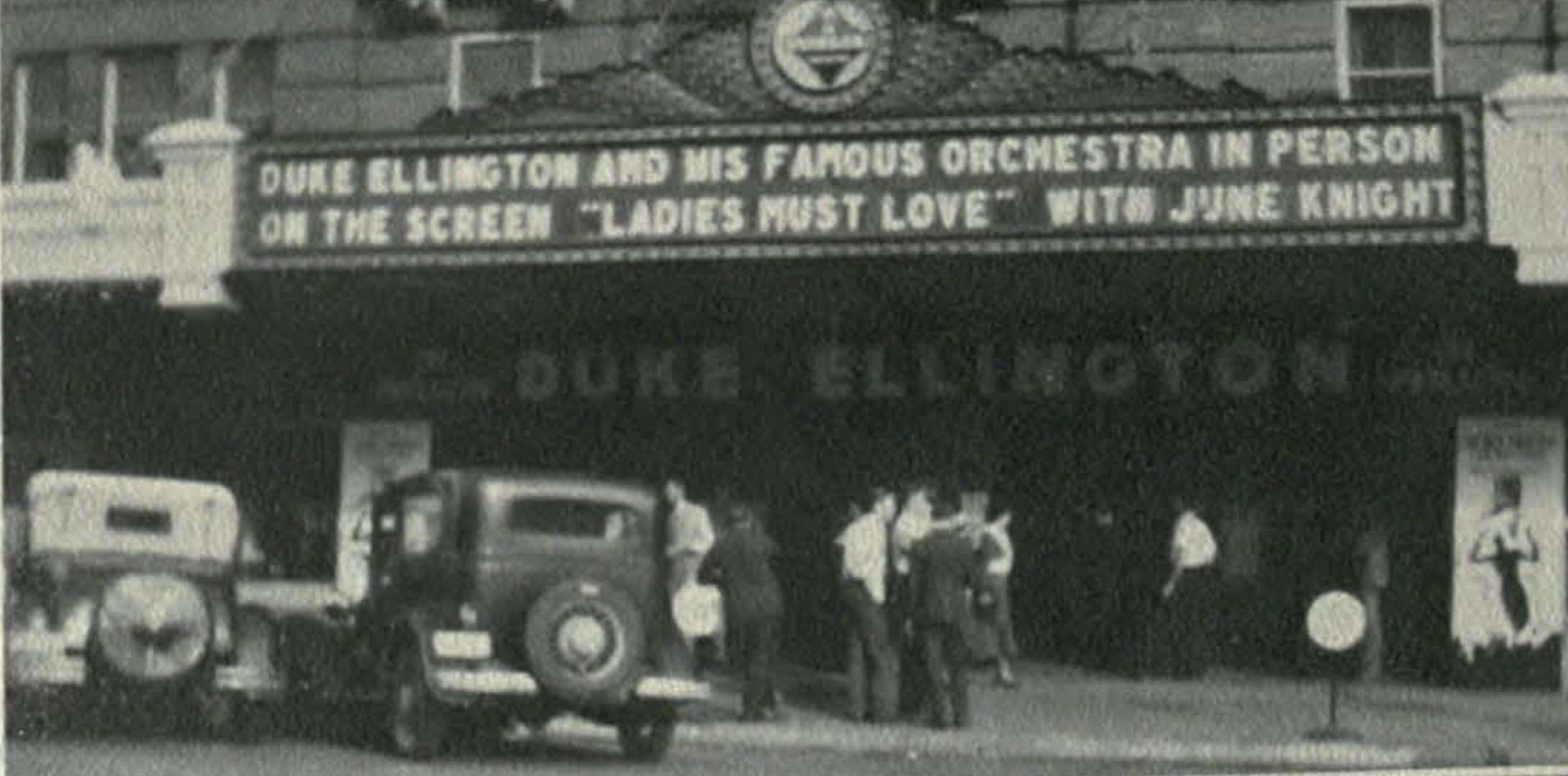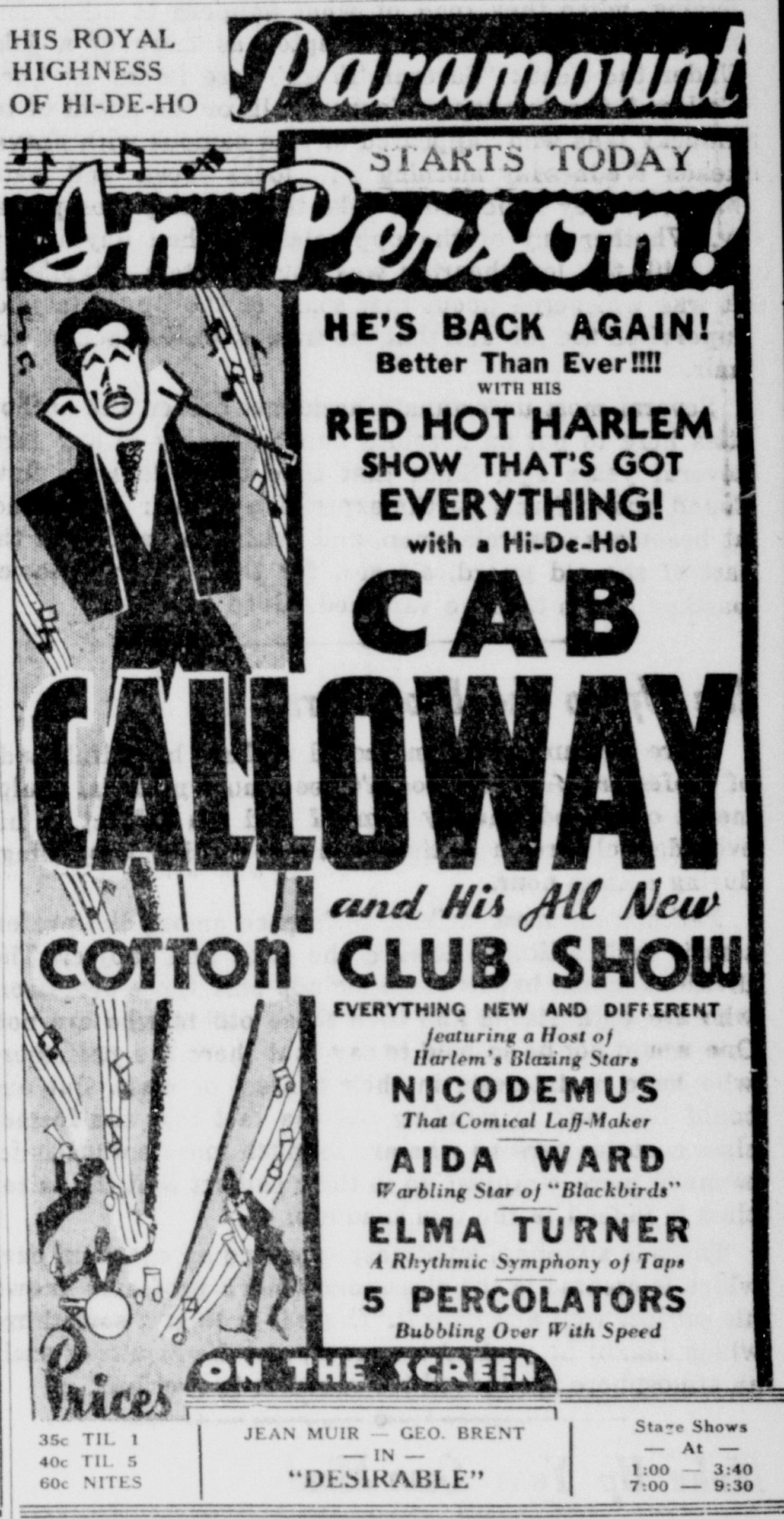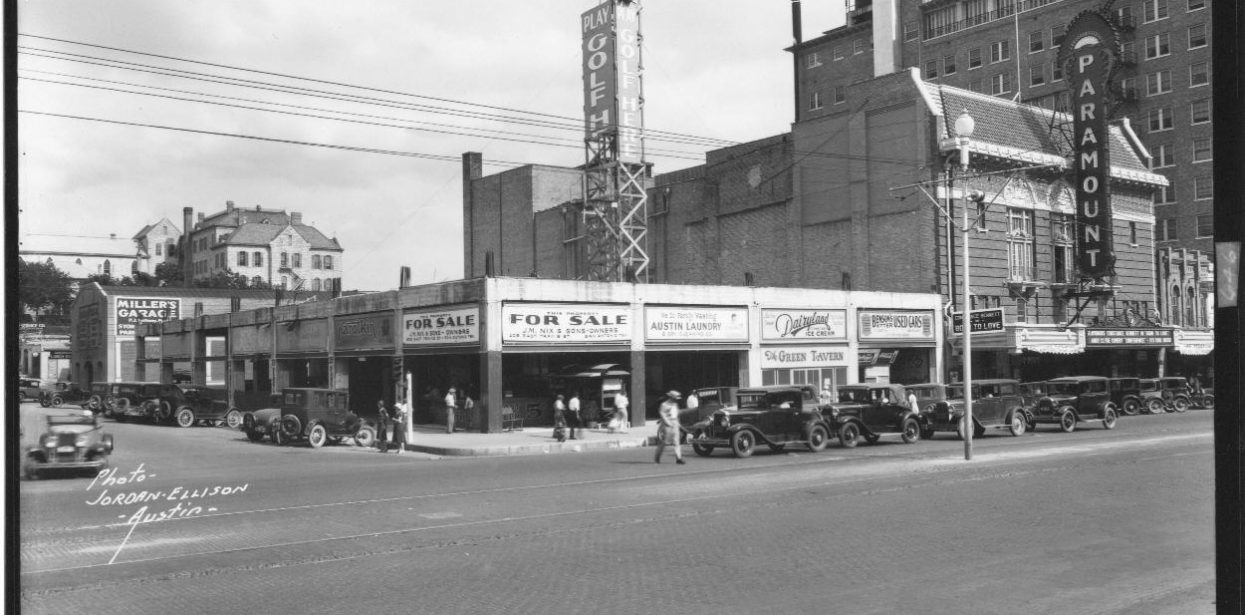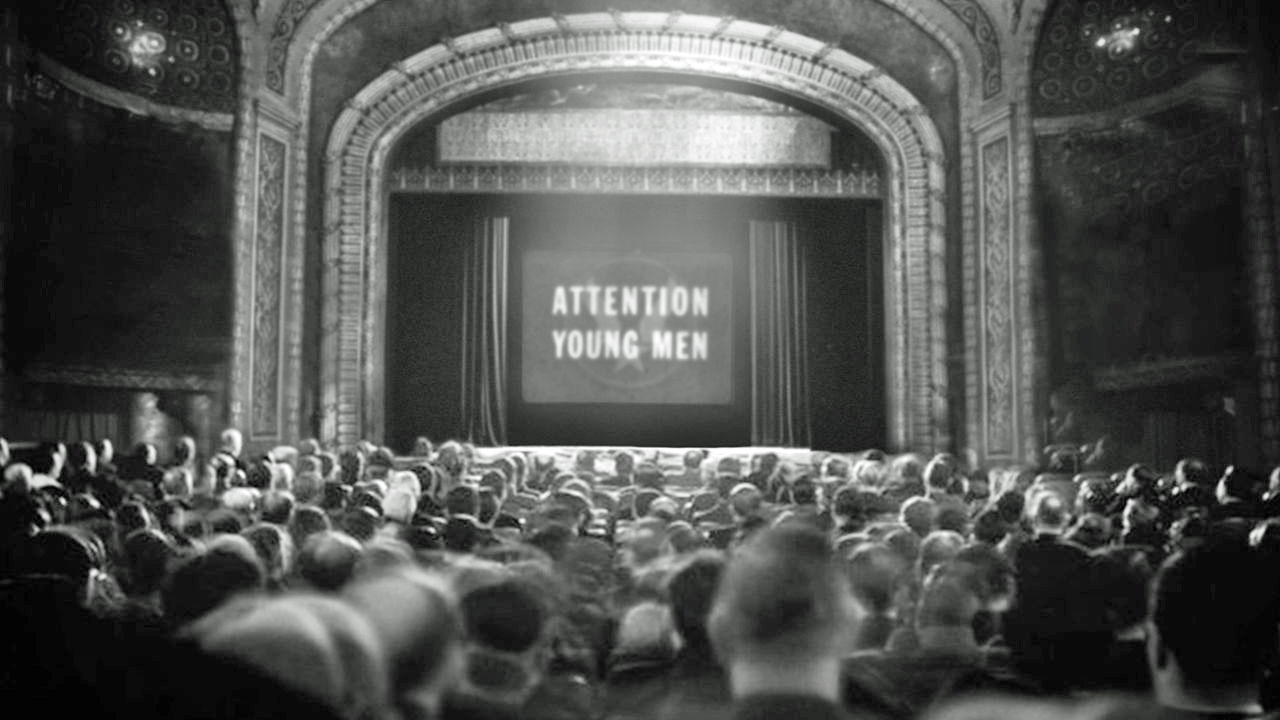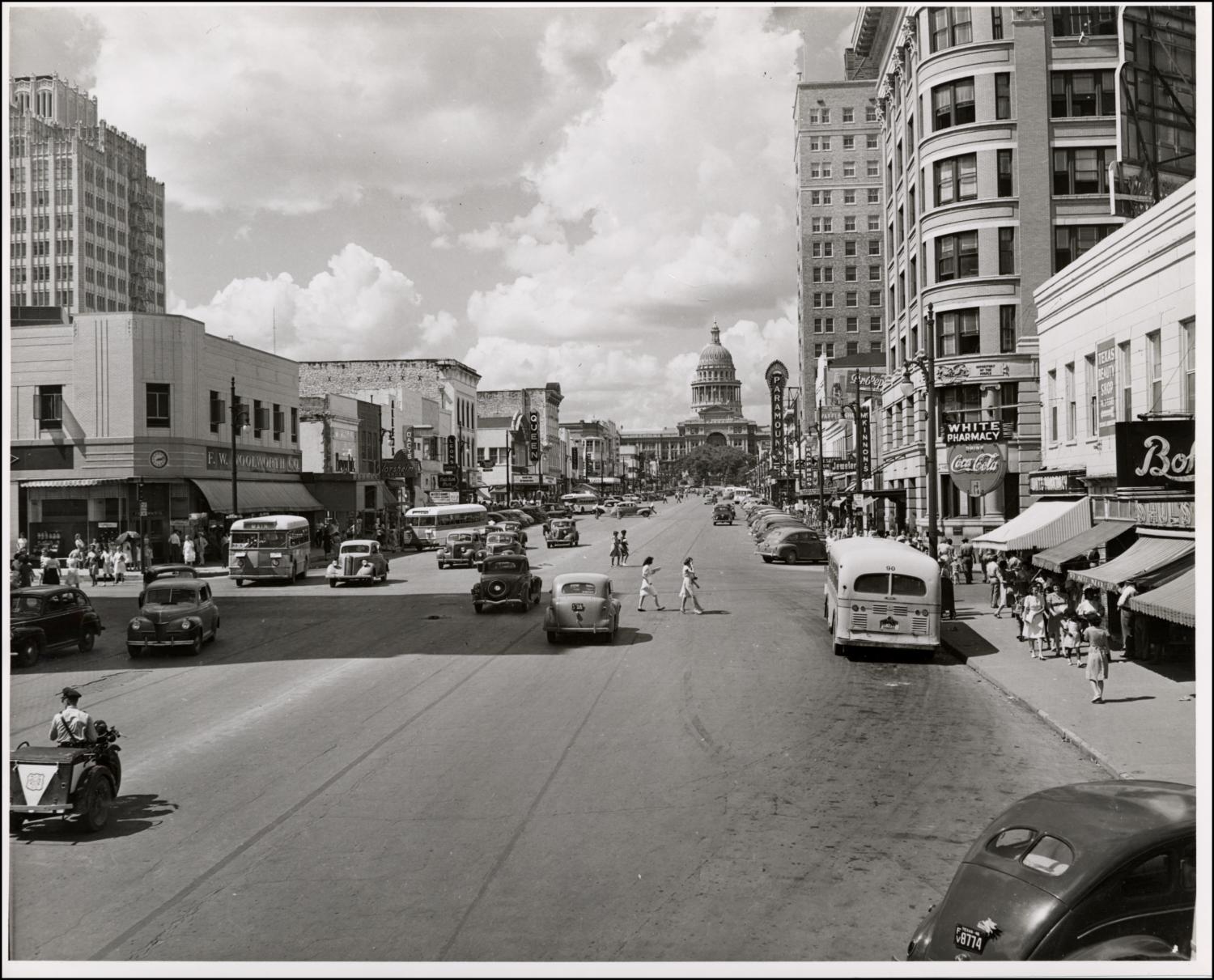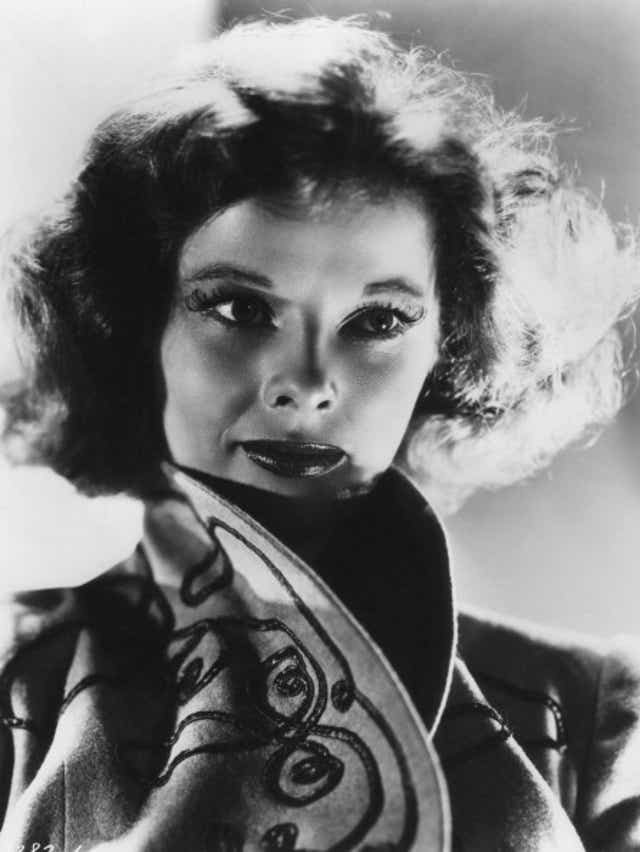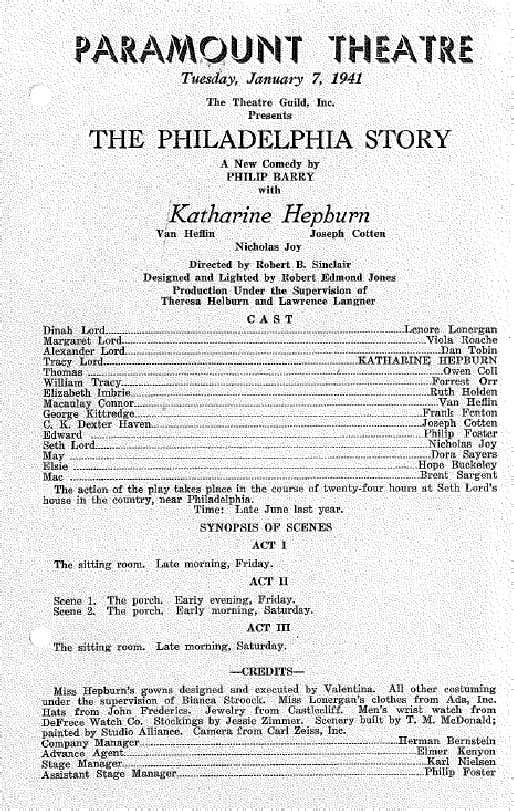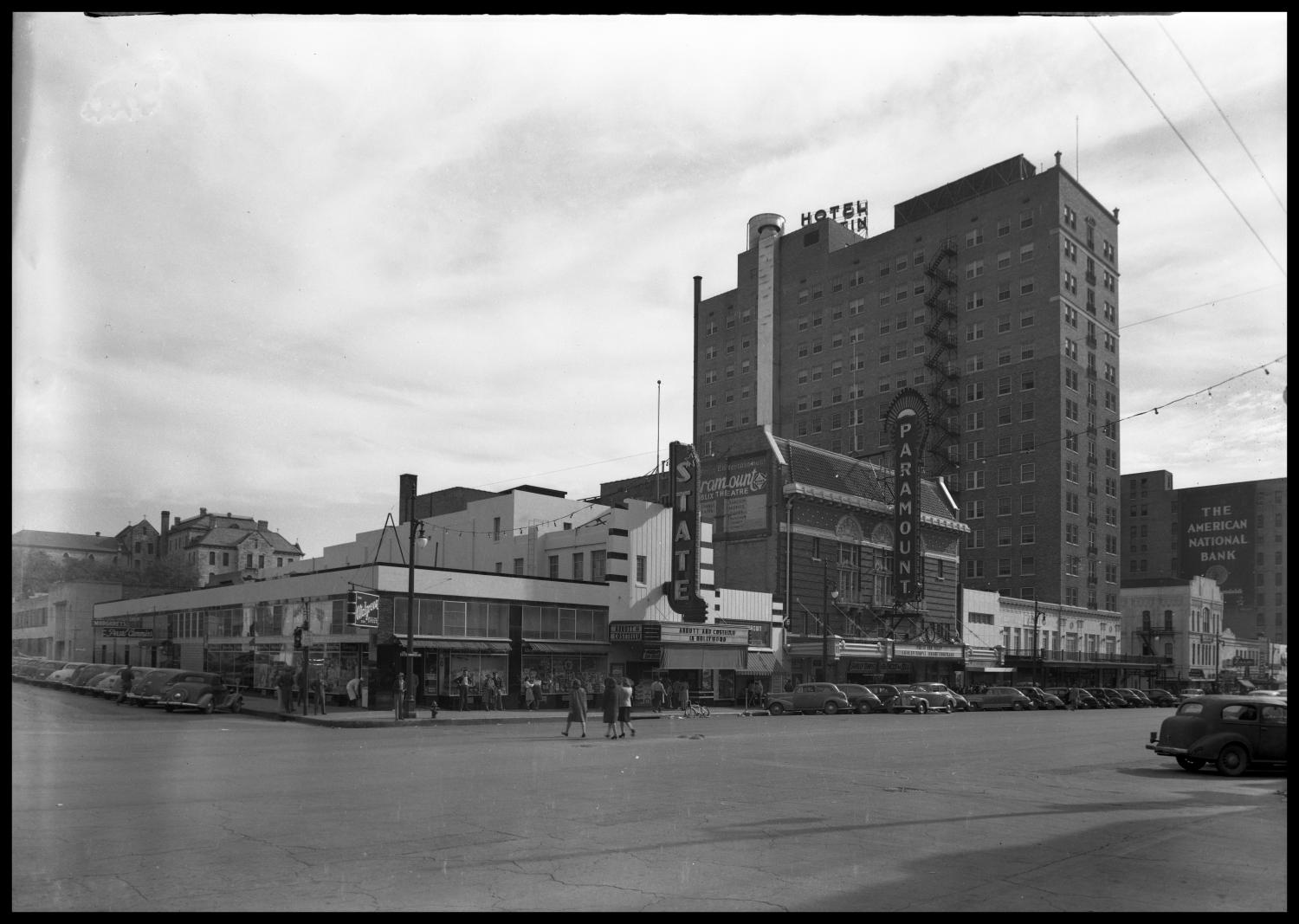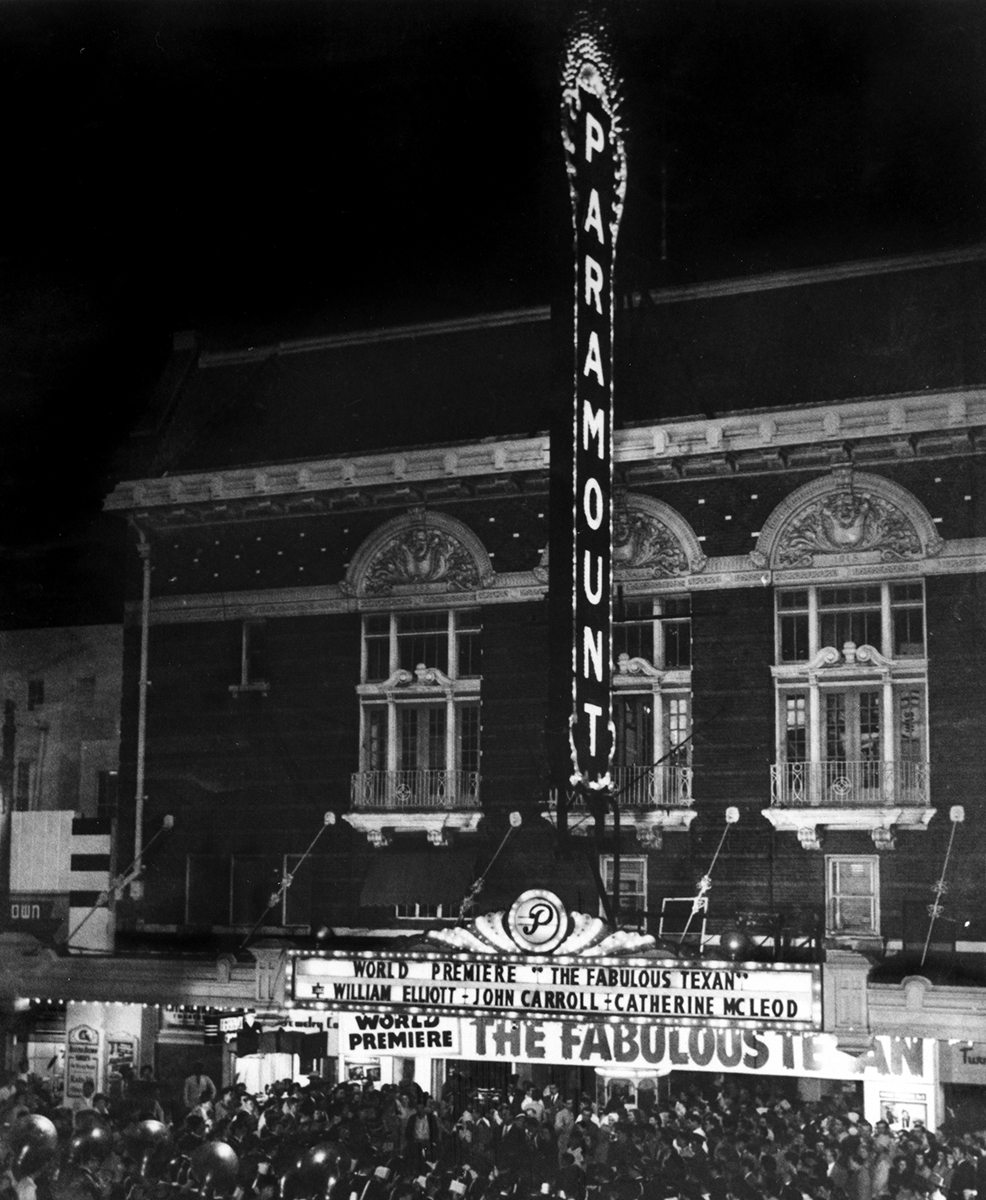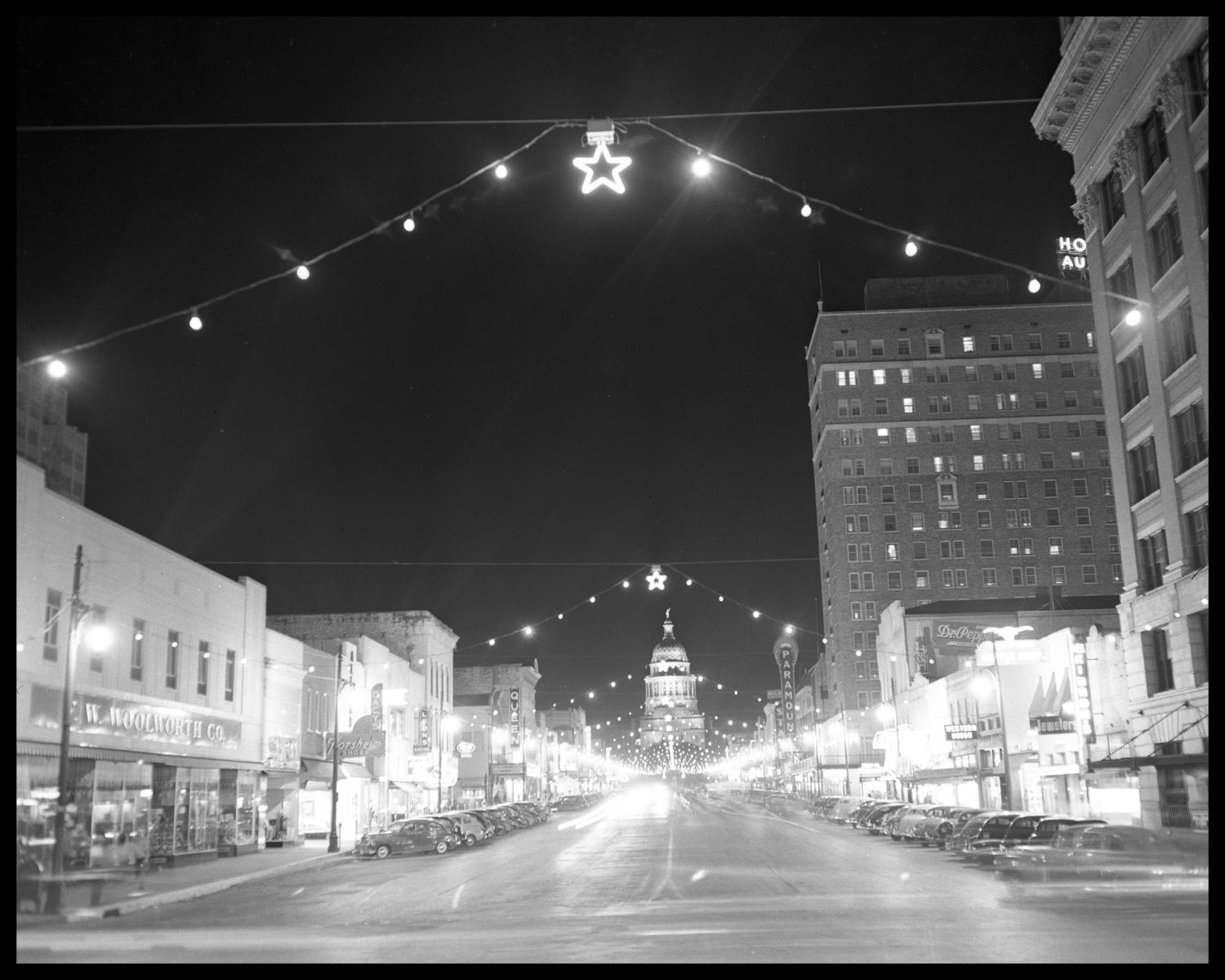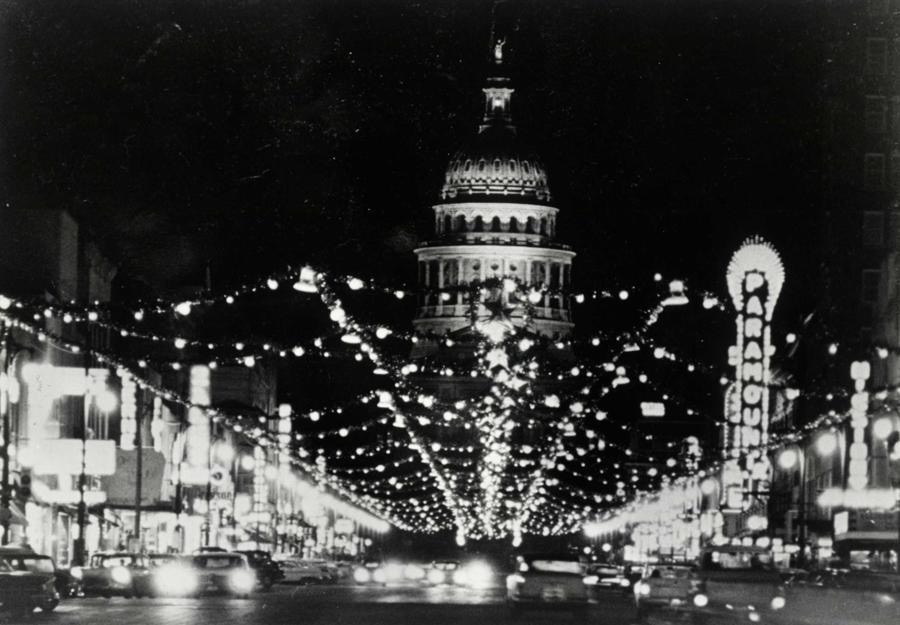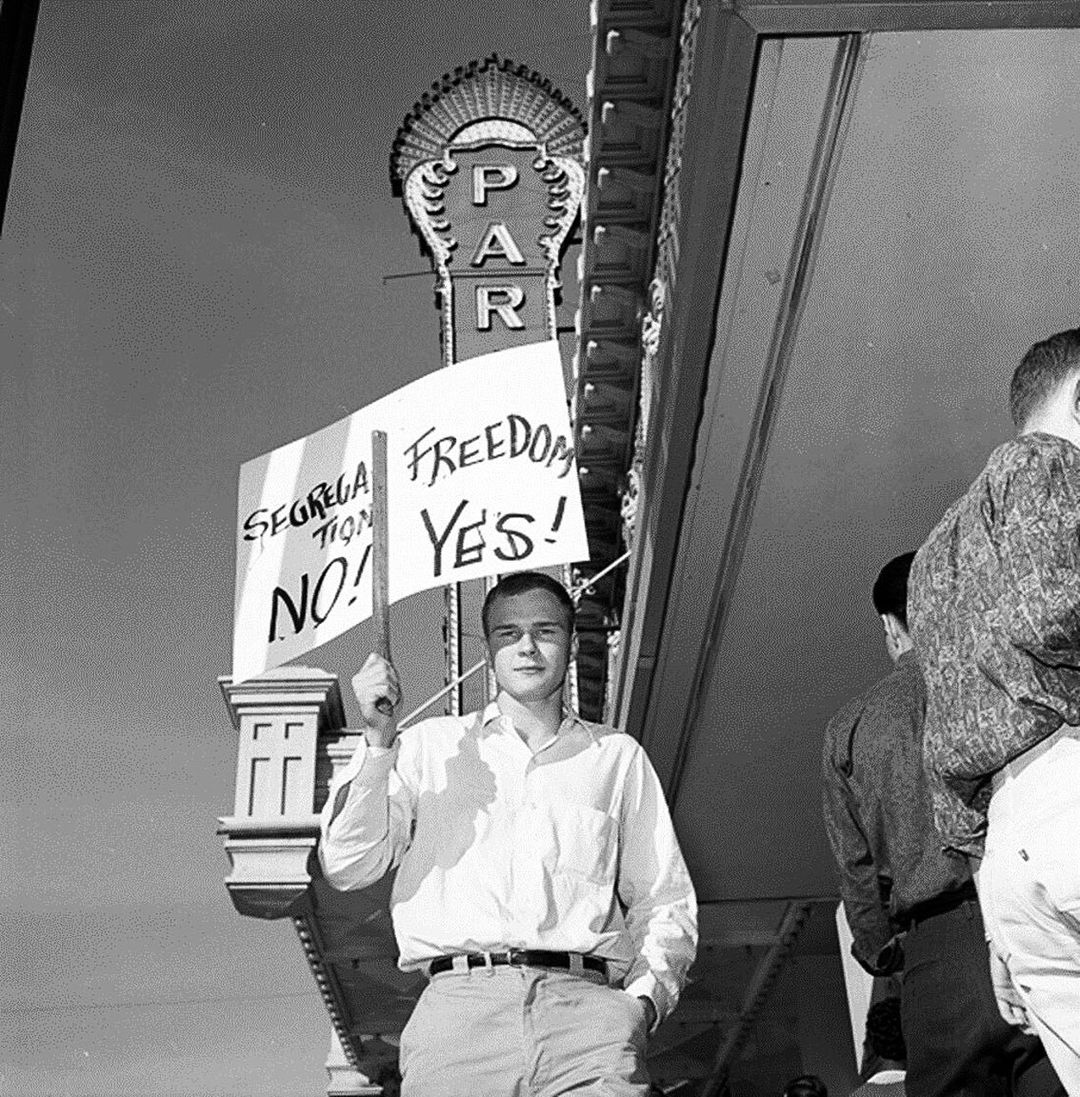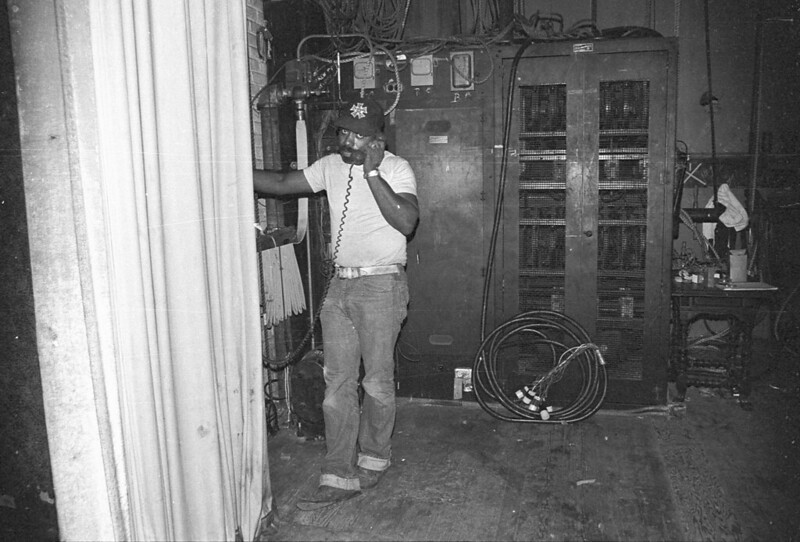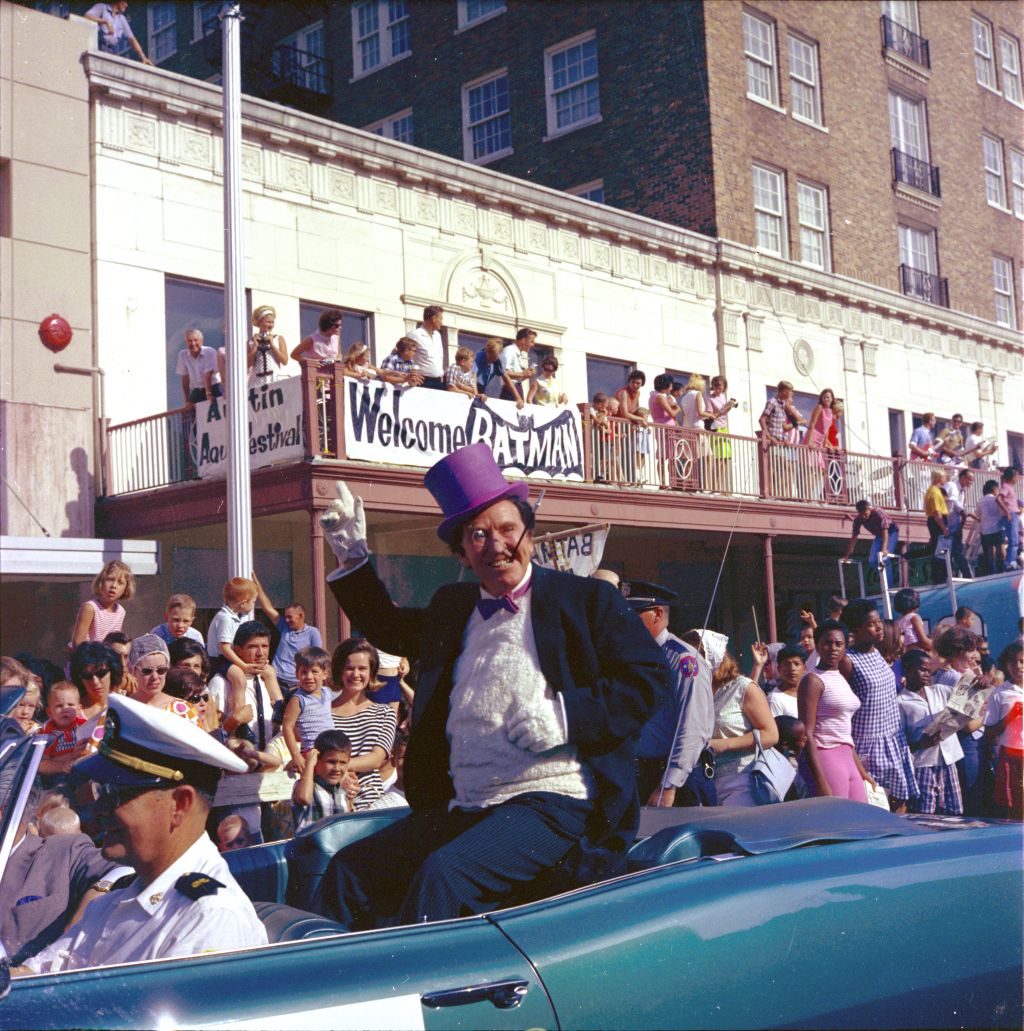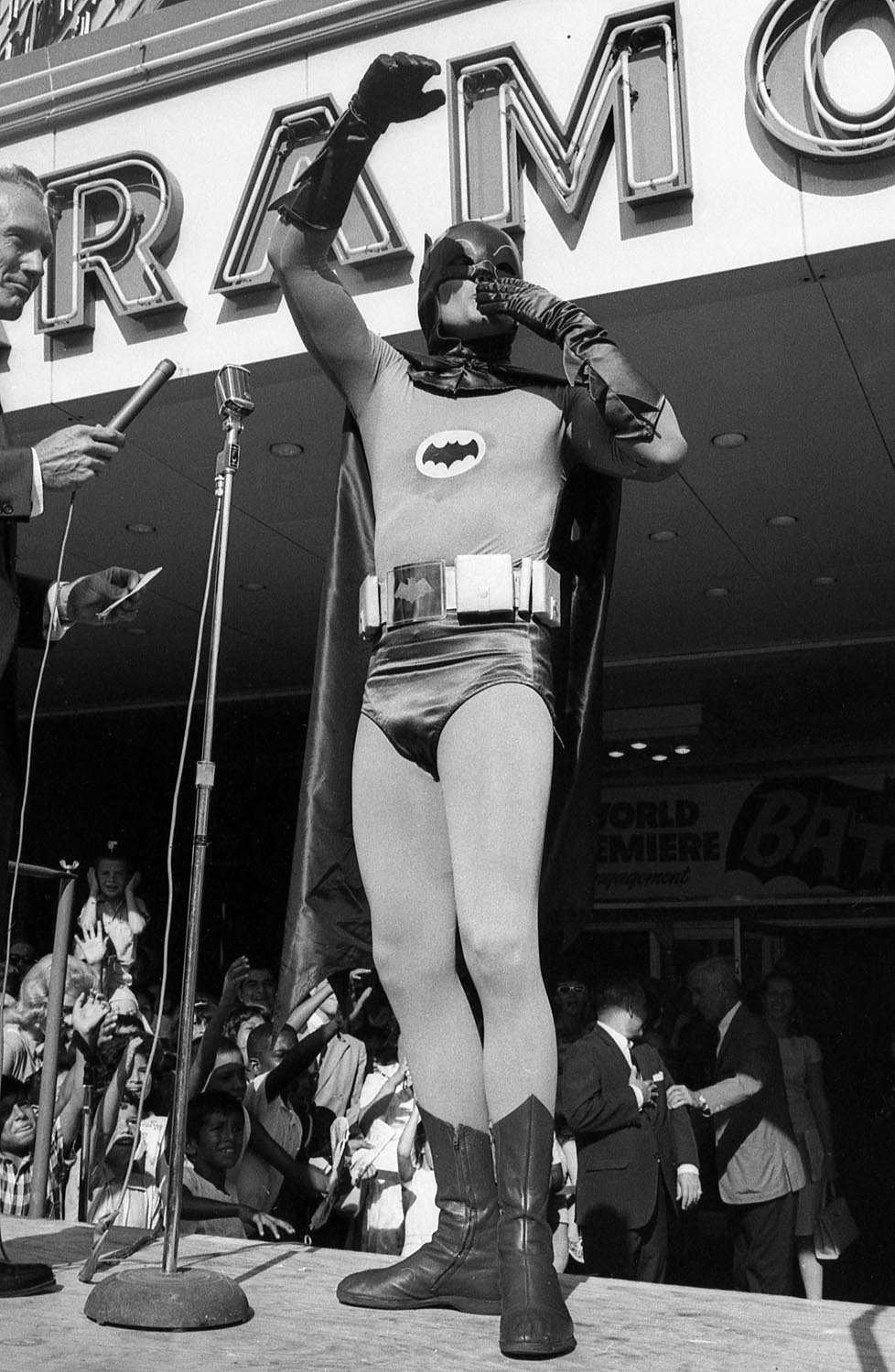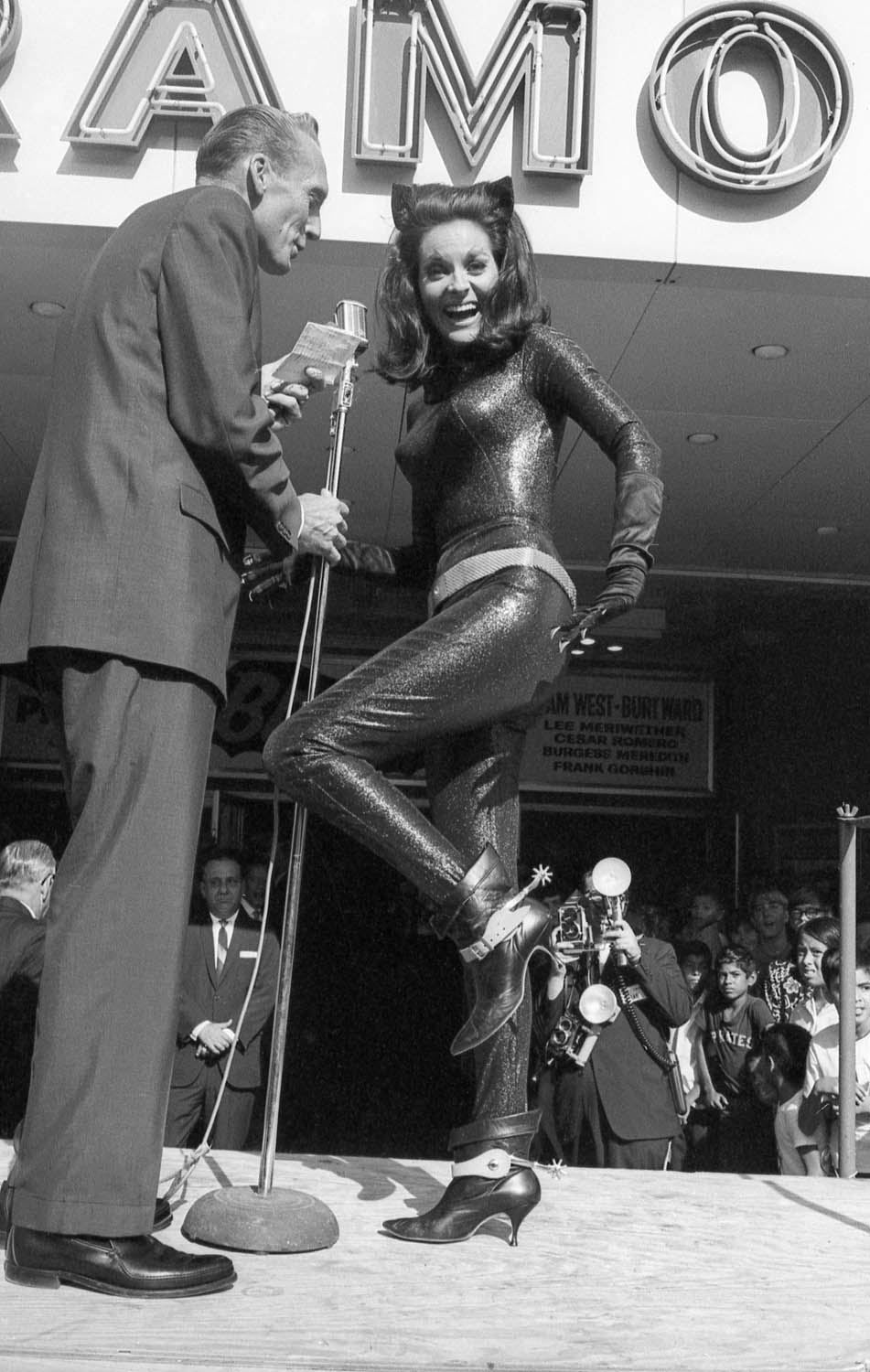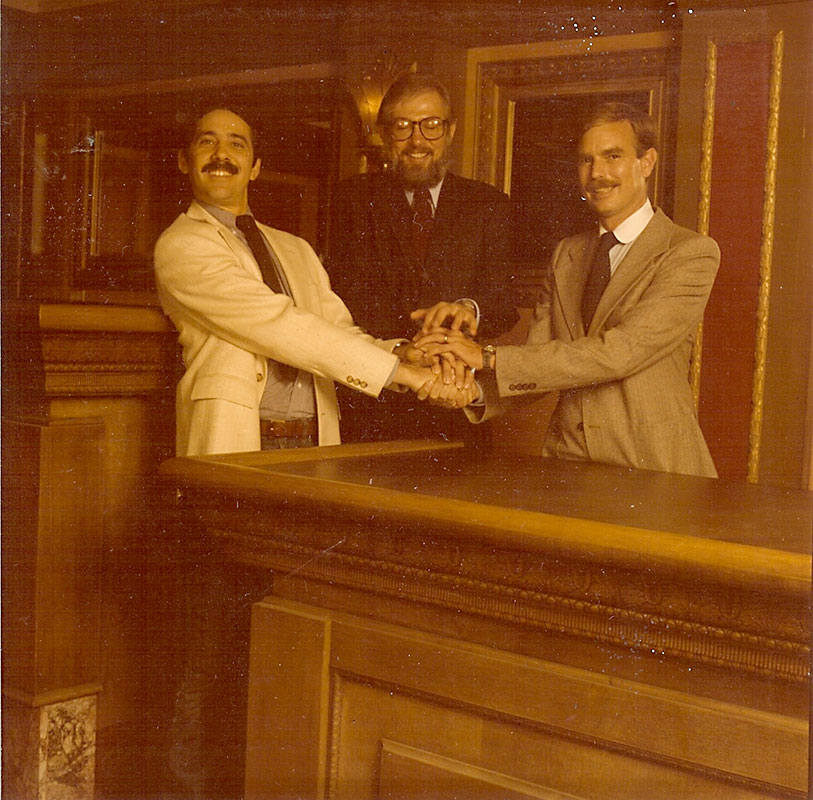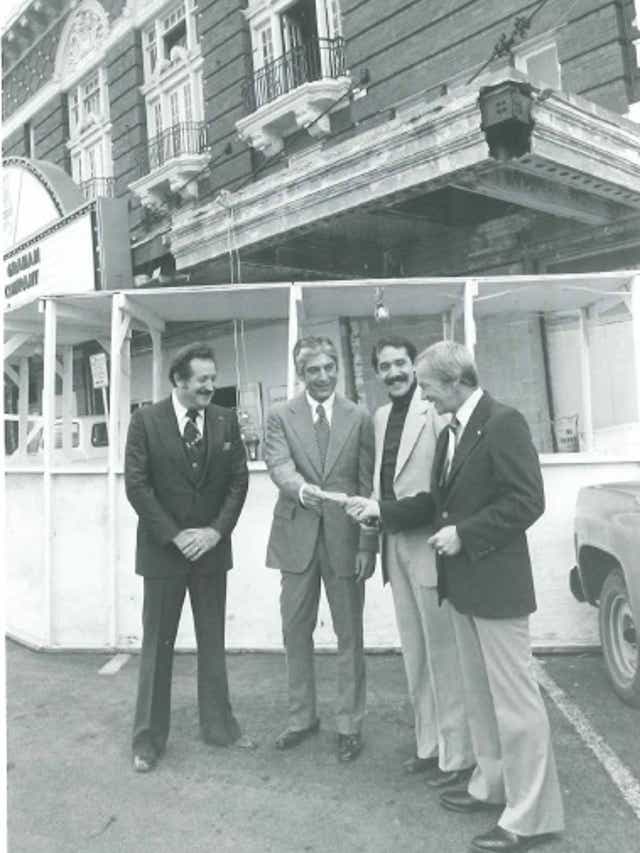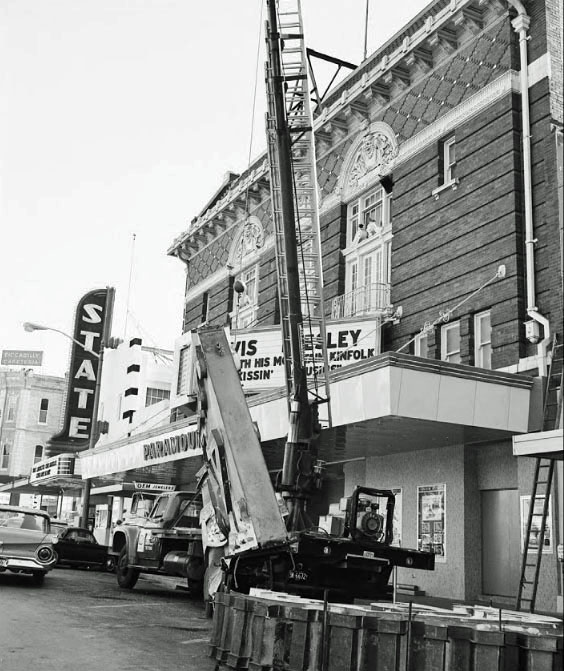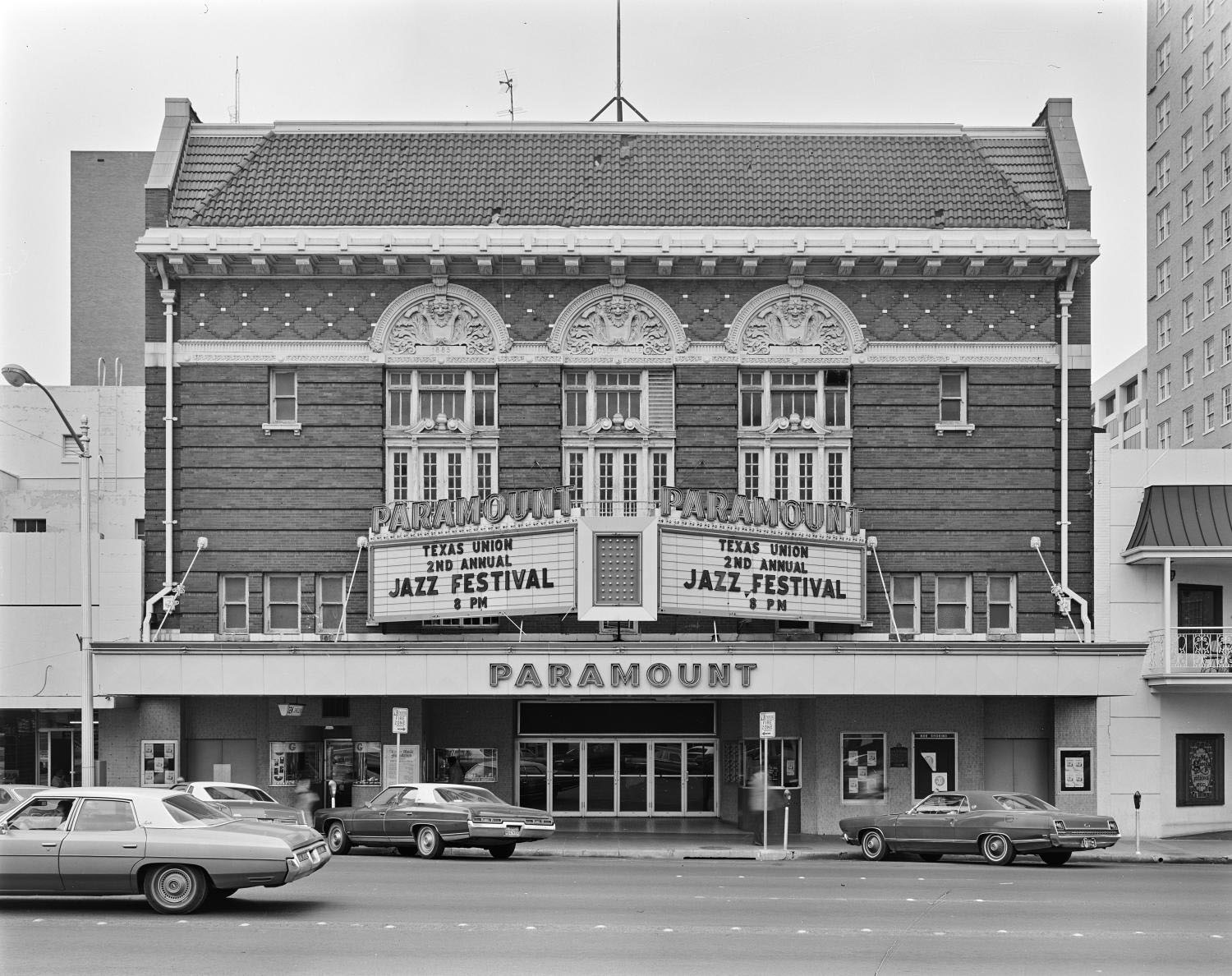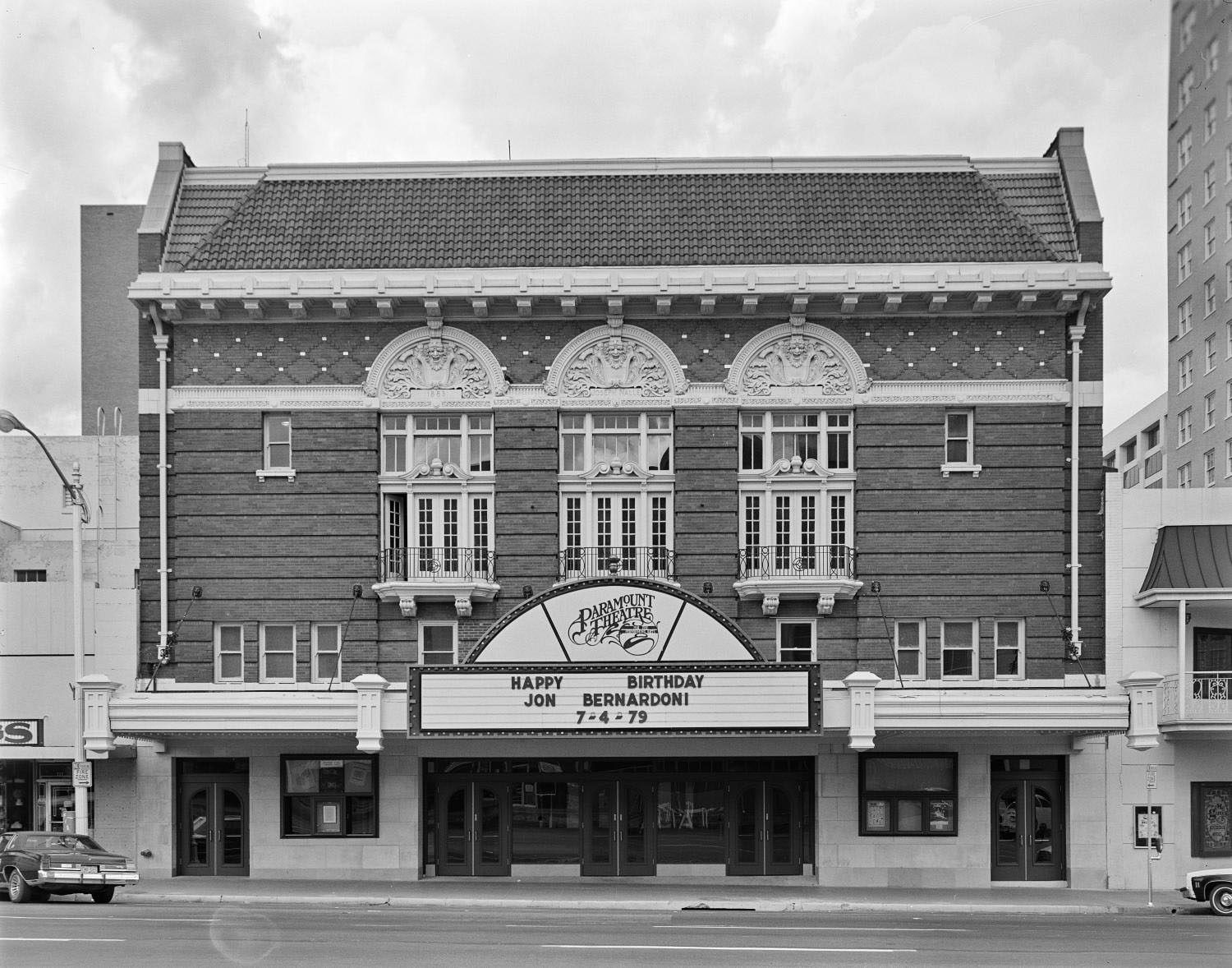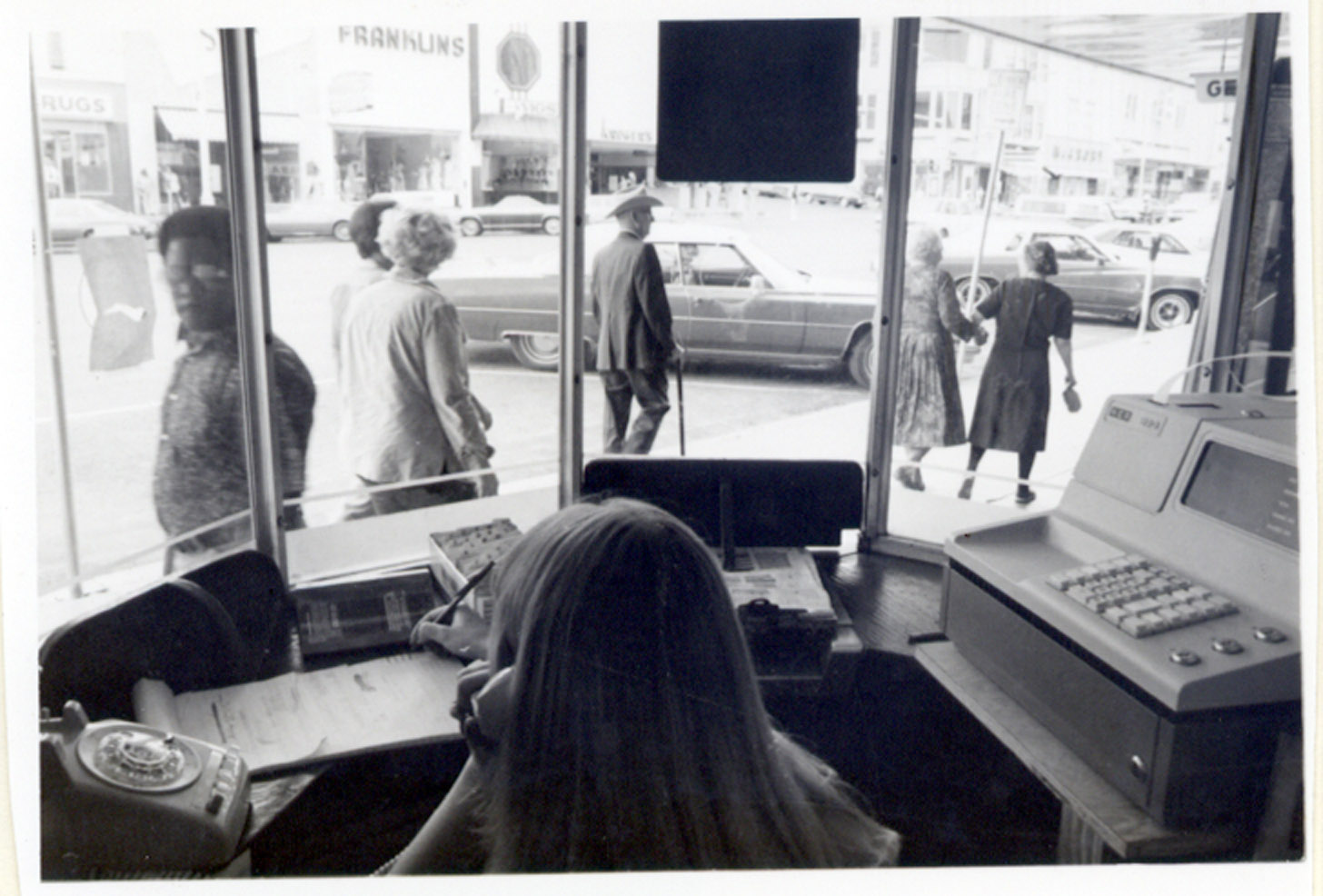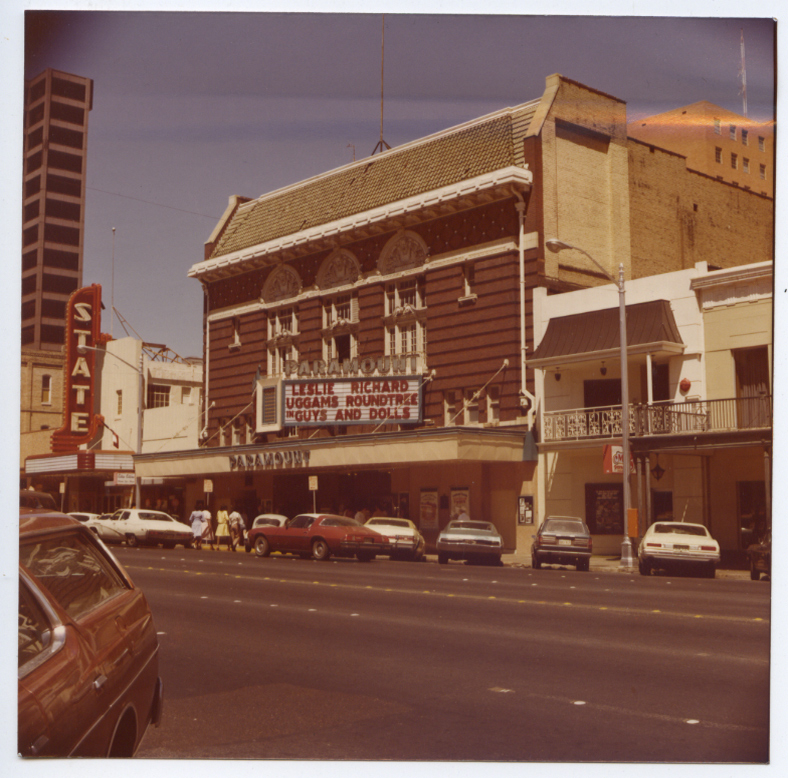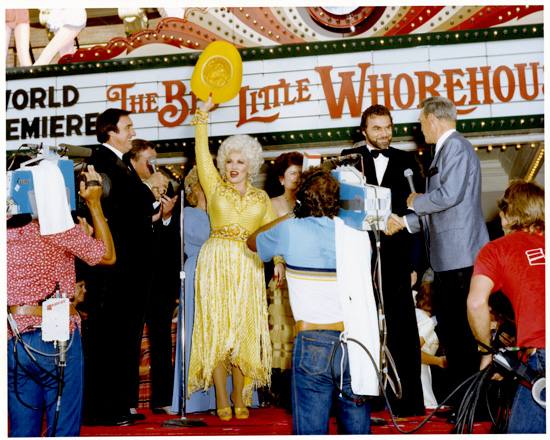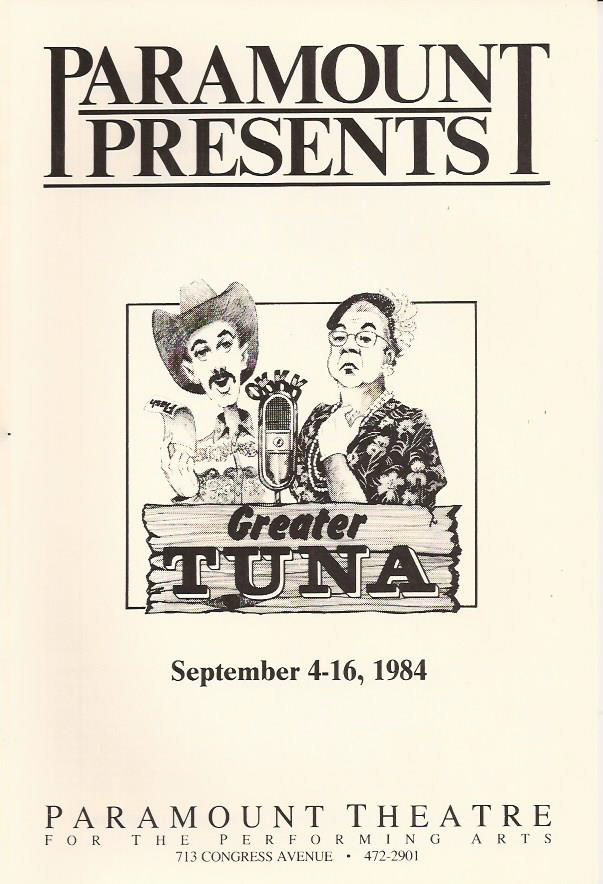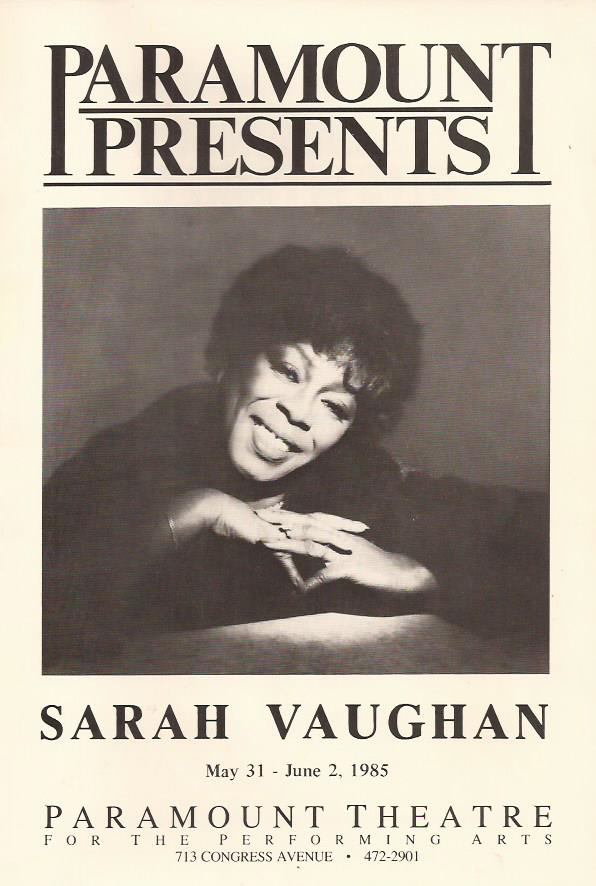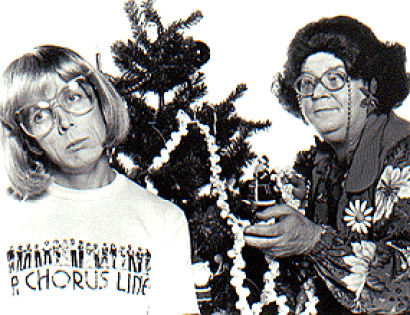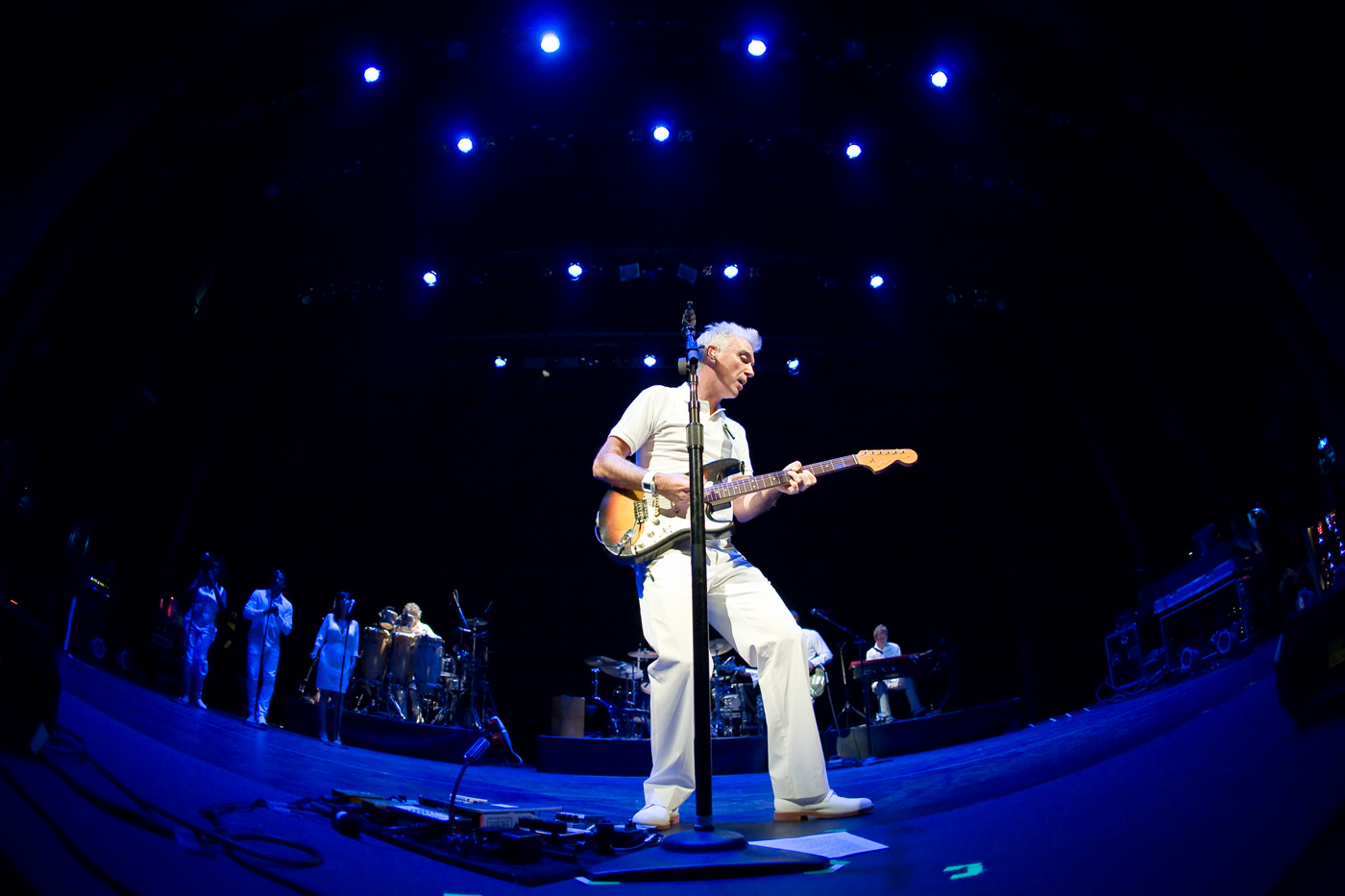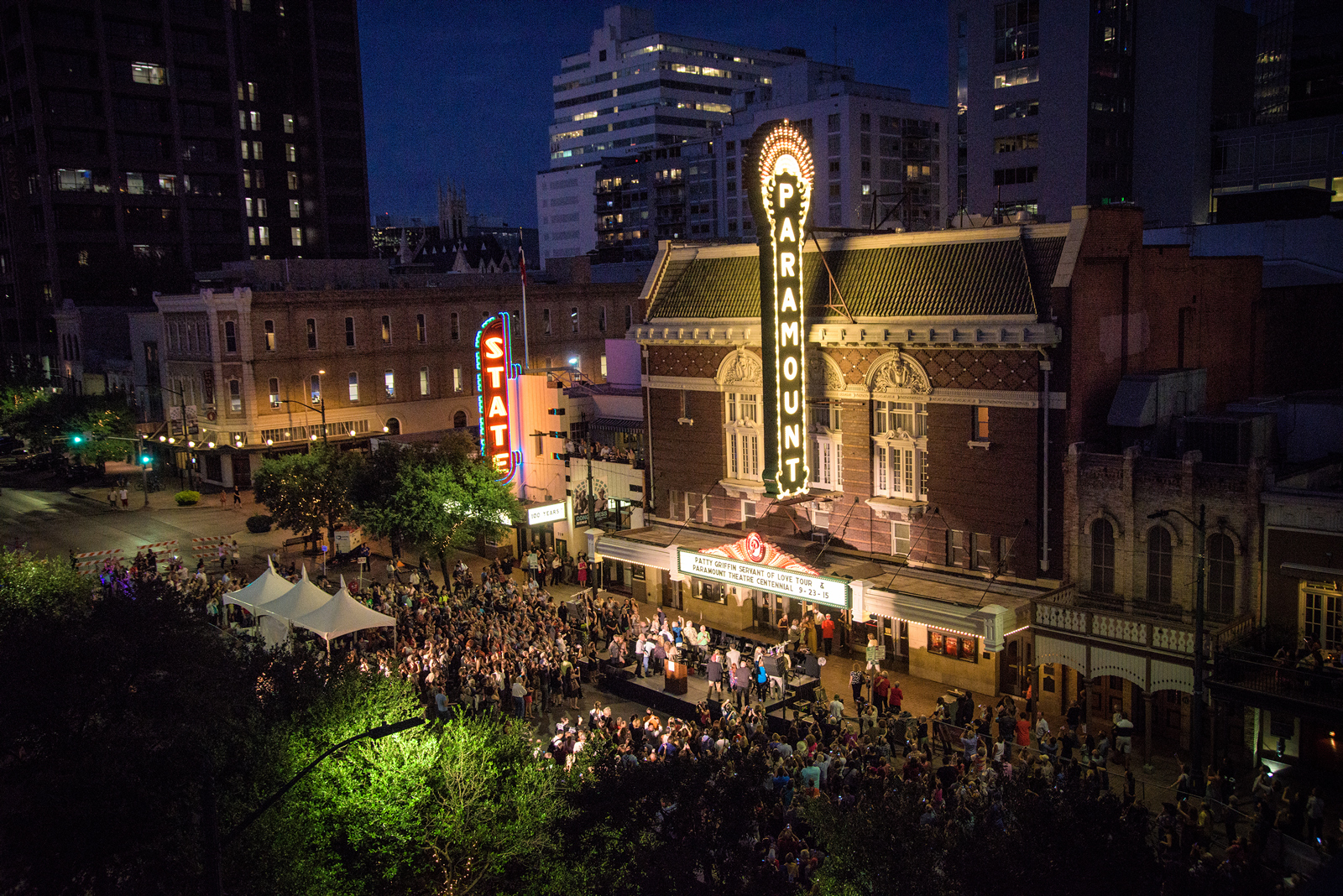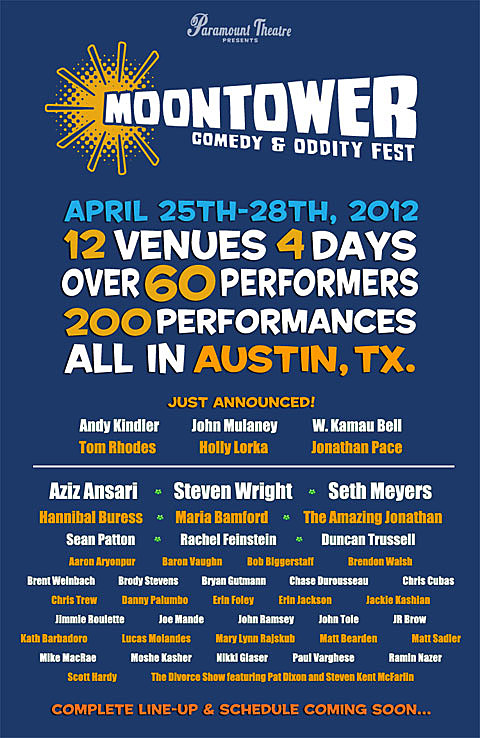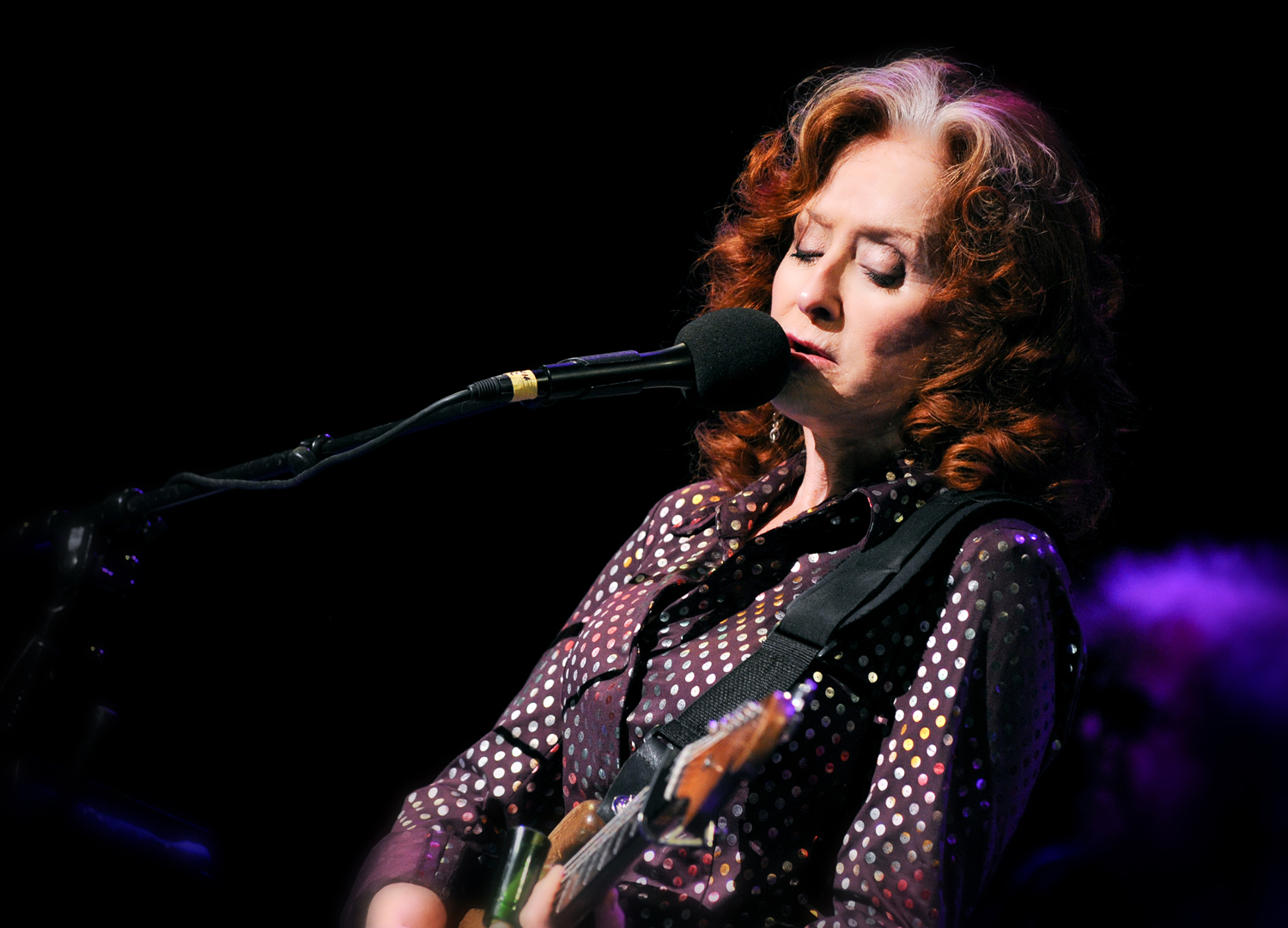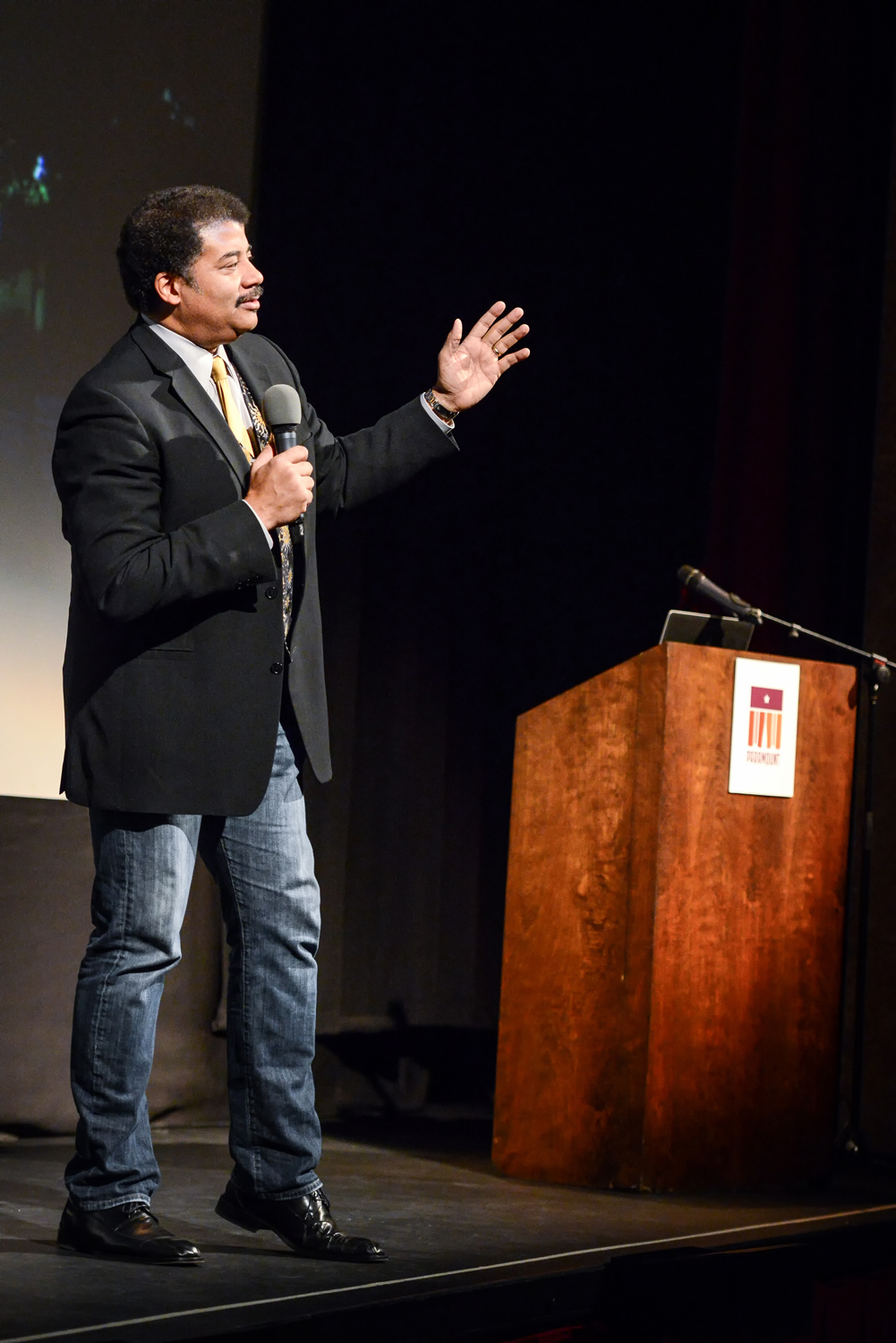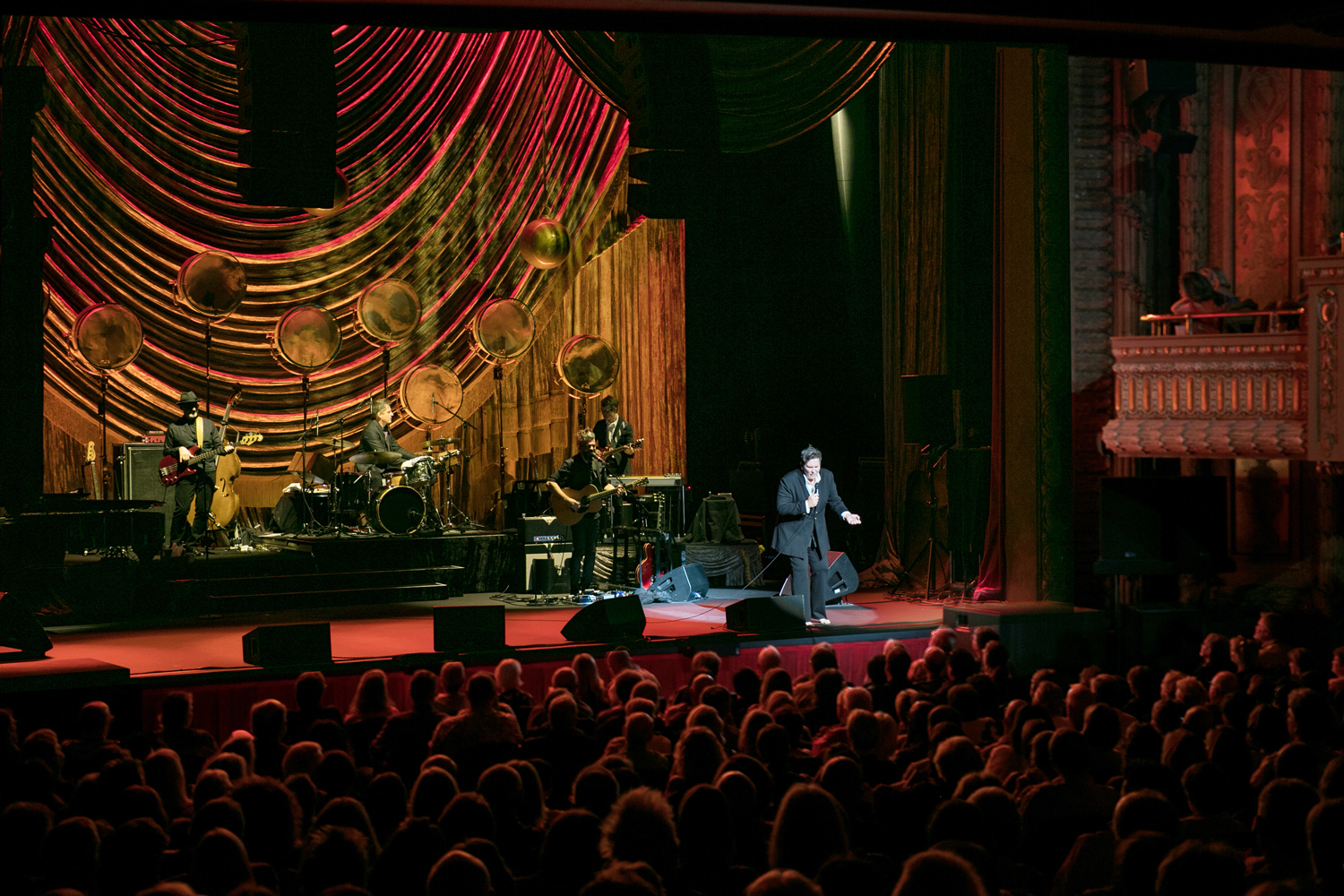Paramount History
1920s | 1930s | 1940s | 1950s | 1960s | 1970s | 1980s | 1990s | 2000s | 2010s
Established in 1915, the Paramount Theatre has been home to iconic films and performances, including the likes of Harry Houdini, Katharine Hepburn and Miles Davis. Explore this historic venue’s first 100 years.
Imagine downtown Austin in the early 1900s when Congress Avenue was a wide dirt road stirred up by horse-drawn carriages. The flood of 1900, which washed away the power plant that generated the electricity for the streetcars delivering passengers to their downtown destinations, temporarily forced the cars to be pulled by mules. The main street in the capital city was one of the first to be paved in 1905 to accommodate the growing number of automobiles–the primary mode of transportation by the end of the 1920s. |
1915
Click images to enlarge.
Construction
In February, the construction of a new theatre at 713 Congress was announced, conceived as the Gaiety. Owned by Austin native Ernest Nalle and designed by John Eberson, the theatre, part of the Interstate Vaudeville Circuit, was meant to bring top talent to Austin and elevate the city’s cultural footprint.
Completion
Only 8 months after construction was announced, the theatre was completed. The $150,000 structure encompassed over 500,000 cubic feet and seated 1,316. The theatre was a “hemp house” with a system of ropes and sandbags for stage effects and had a hand-painted stage curtain. Both the hemp-house system and the curtain are still in use.
The First Opening Night
On October 11, 1915, the Majestic Theatre opened its doors as Austin’s premier stage for vaudeville, selling 1,000 seats, most at 25¢ a ticket. The lineup for the well-reviewed evening included a multi-character, one-man scene from Oliver Twist, a performance from the comedic A Novel Marriage and a number of music and dance acts.
1916
Click images to enlarge.
The Greatest Escape Artist of All Time
World-famous magician, Harry Houdini, performed eight shows at the Majestic. Five students from the University of Texas challenged Houdini to escape from a trick of their construction, which he did. Houdini’s legacy lives on at the Paramount Theatre today – in the auditorium ceiling, just to the left of the painting of Saint Cecilia. Legend has it that the Houdini hole was carved to perform a suspended levitation trick.
1920s
Click images to enlarge.
Majestic Performers
Vaudeville was the top entertainment option in the country. Shows generally included a series of unrelated acts, including comedians, musicians, dancers and magicians, on one bill. The new Majestic Theatre drew nationally-known vaudeville performers to Austin. Notable performances include the Marx brothers, Anna Pavlova, Sally Rand, and John Philip Sousa.
Early Cinema
In addition to live shows, the theatre began showing silent films accompanied by a live orchestra or the theatre’s in-house organ. Greta Garbo, Lillian Gish, Harold Lloyd, Rudolph Valentino, and of course, Charlie Chaplin dominated the silent film scene. Prices went from 5¢ to 10¢ a ticket.
1930s
Click images to enlarge.
An Art Deco Remodel
As the 20th century advanced, the Majestic bet its survival on the movie business. In 1930, under new ownership, it underwent an extensive remodel including the addition of upholstered seats, a state-of-the-art sound system, air conditioning, the removal of the opera boxes, and a new blade sign, all of which cost almost as much as the original building. In August, the theatre reopened as the Paramount Theatre, named for its new owner Paramount-Publix. Its inaugural film was “Animal Crackers,” a Marx Brothers comedy film.
Paramount Pictures
Throughout the next decade, the theatre ran Paramount Studio film premieres. The early years of sound were shaped by the economic turmoil of the Great Depression, leading to the production of a large number of escapist fantasies, including Snow White and the Seven Dwarfs, King Kong, Dracula, Frankenstein, All Quiet on the Western Front, The Wizard of Oz, and Gone With the Wind, all of which are still shown today during the Summer Classic Film Series. Premieres were often combined with live performances or on-stage appearances from stars such as Helen Hayes and Orson Welles.
Jazz Greats
Though segregation prohibited Black Austinites from attending shows or performing at the theatre, exceptions were made for some Black artists that were more accepted by white audiences such as Duke Ellington and Cab Calloway, who graced the Paramount stage.
The State Theatre
In 1935, the first theatre in Austin specifically designed to screen movies was built – the State Theatre. It was a conversion of an existing building to the plans of architect W. Scott Dunne, and the fourth of the Interstate Circuit’s Austin Theatres (along with the Paramount Theatre, Queen Theatre and Capitol Theatre). It opened on Christmas Day with “The Bride Comes Home,” a comedy with Claudette Colbert and Fred MacMurray.
1940s
Click images to enlarge.
The War Years
As the country entered World War II, the Paramount joined in the nation’s swell of patriotism. Adopting the slogan “dedicated to community service,” the theatre showed recruitment films in addition to their regular offerings. The Paramount also promoted the sale of war bonds, selling $8.4 million worth from 1942 to 1945. The United States Treasury War Finance Committee recognized it with numerous awards, and theatre manager Louis Novy received the War Finance Silver Medal.
Katharine Hepburn
On January 7, 1941, Katharine Hepburn appeared live for a performance of the hit play “The Philadelphia Story” with co-stars Van Heflin and Joseph Cotten. Later that year, the film version made its way to Austin, pairing Hepburn with Cary Grant and Jimmy Stewart for what is easily one of the most perfectly cast movies in history.
United States Vs. Paramount Pictures
In 1948, the Supreme Court heard arguments regarding the legality of the movie studios’ vertical integration systems, in which they owned everything from film creation to exhibition. The court ruled against the studios, requiring them to dismantle substantial parts of their businesses. Paramount Pictures voluntarily complied, splitting into two new corporations to separately handle distribution and exhibition and selling a number of theatre assets.
Notable Films
The Fabulous Texan made its world premiere at the Paramount, solidifying the theatre as Austin’s favored premiere movie house. Other first-run film favorites that have stood the test of time include Citizen Kane, Casablanca, and It’s a Wonderful Life.
1950s
Click images to enlarge.
The End of an Era
The motion picture business continued to dominate downtown areas throughout the country. In 1957 and 1958, the Paramount’s facade was redesigned, a marquee was installed over the canopy, the seats were replaced and the concession stand expanded. Yet even as the theatre devoted itself almost completely to film, the audiences left. Families began to move to the suburbs and TV changed viewing habits, leaving the entertainment palaces of the city to fail and disappear, starting a downward slide that would almost bring the Paramount to ruin.
1960s
Click images to enlarge.
Theatre Desegregation
Activists protested the Paramount and State Theatres’ policies of segregated audiences by picketing the box office and chanting “1,2,3,4 we broke down the Woolworths door, 5,6,7,8 we’re hitting Interstate.” Overwhelming popular support for desegregation in April 1963 compelled the Austin Chamber of Commerce to adopt a resolution calling for “immediate and complete integration of all public facilities.”
Walter Norris
In the late 1960s – only a few years after Austin movie theaters were desegregated – Edgar Walter Norris, Jr. became one of the first Black projectionists in the city. Walter was the Paramount’s projectionist and stagehand for 30 years. Walter passed away on May 26, 2000 in the Paramount’s projection booth while screening CASABLANCA. In honor of Walter’s memory, his union hat and stagehand gloves hang next to a picture above the door in the projection booth to this day.
A Theatre in Neglect
Suburbia had arrived, and urban areas that relied on nighttime patronage saw steep declines in business. The Paramount continued to show major films, but as audiences dwindled, it turned to low-budget movies to pay the bills even as the facility itself fell into disrepair. The Paramount blade sign was removed from building to be refurbished, and is never to be seen again.
B-Movie House
The low-budget art of B-movies has long been derided as uninspired, unsophisticated entertainment. However, the 1960s opened up new opportunities for maverick filmmakers. B-movies became a place of experimentation, and turned into a proving ground for future B-movie legends like John Waters, Russ Meyer and Roger Corman, and A-list talent, including Francis Ford Coppola, Jack Nicholson and Martin Scorsese.
Batman: The Movie Premiere
An estimated 30,000 people (about 15% of the city’s population) attended the world premiere of Batman: The Movie on Saturday, July 30, 1966. Citizens lined Congress Avenue, renamed Batman Boulevard for the day, to get a glimpse of the stars prior to the film. Adam West (Batman), Lee Meriwether (Catwoman), Burgess Meredith (the Penguin), and Caesar Romero (the Joker) donned full costumes live on stage in front of the theatre in the Texas summer heat.
1970s
Click images to enlarge.
A Holiday Inn
By the 1970s, downtown’s near-weekly murders had turned the area into a ghost town after 5pm. Making matters worse, the Paramount’s owners, ABC Interstate Theatres, had given up on repairs, instead waiting out the days until the theatre closed. Already slated to become a Holiday Inn, the Paramount’s fate was all but sealed.
Three Wise Men
In 1973, John Bernardoni, Charles Eckerman and Stephen Scott set out to save the Paramount and restore it to its original glory. The only obstacles in their way: no money, no connections and no support. The inexperienced trio, undeterred, rolled up their sleeves for the major work ahead.
The Fire Curtain
In 1974, the original fire curtain was discovered hanging in the rafters in pristine condition; protected from light and other elements for over 50 years. It still hangs in the theatre today and it is most likely the oldest remaining original fire curtain in the country.
Summer Classic Film Series
To keep the business afloat, the trio began to screen classic films, which cost little to rent but brought in just enough to maintain the theatre. In 1975, he Paramount Summer Classic Film Series was established.
Nonprofit Status
The Paramount goes from a for-profit business to a nonprofit 501(c)(3) organization in 1975 to help with upcoming restoration efforts.
Major Restoration
With barely enough cash to keep the Paramount running, the trio began tireless efforts to garner support. Thanks to the help of the local community, including Roberta Crenshaw, Sue McBee, Charlie Root and the City of Austin, restoration efforts began in earnest, as big-name acts and touring shows booked by Southwest Concerts’ Art and Barbara Squires kept the theatre afloat.
Historical Marker & Federal Funds
On May 6, 1977, the Texas Historical Commission dedicated a state historical marker. The building’s listing on the National Register of Historic Places qualified the Paramount for federal restoration funds. Congressman J.J. Pickle and Governor Dolph Briscoe aided the theatre in getting $1.85 million. This federal money accounted for 95% of the restoration costs from 1978-1980.
The Rebirth of the Stage
An important part of the theatre’s restoration was the return of live theatre to a stage that hadn’t been used in years. During these early times, the Paramount brought daring, professional theatre back to downtown, even fighting obscenity laws in order to present Equus. The rest of the decade saw a number of touring shows, including West Side Story, King Lear, The Zoo Story and Antigone.
Notable Live Performances
On April 22, 1976, the Paramount celebrated the return of live performances with a concert by jazz great Dave Brubeck, who played to a packed house. Other major performers during the 1970s include Dizzy Gillespie, Billy Joel, Dolly Parton, Willie Nelson, Lily Tomlin, and Cheech & Chong.
1980s
Click images to enlarge.
The Great Revival
The hard work of the previous six years had paid off, and the Paramount once again took its place as the standard-bearer for the Austin arts scene. From big-name talent and film premieres to in-house productions and amazing tours, the theatre saw a variety of acts play its stage, providing solid ground from which to build a new reputation.
Best Little Whorehouse in Texas
In 1982, the Best Little Whorehouse in Texas film premieres at the Paramount with movie stars Burt Reynolds, Dolly Parton and Charles Derning, along with a parade down Congress Avenue.
In-House Production
The Paramount took a leap in a new direction with the in-house production of its own traveling shows, including the first national tour ever produced by a regional theatre. Starting with the November 1982 production of Deathtrap starring Leslie Nielsen, the theatre developed a series of well-received shows they’d cast with esteemed actors, including E. G. Marshall in Mass Appeal and Martin Landau in Dracula.
A Homegrown Hit
The Paramount’s biggest success on stage came in 1982 with Greater Tuna, the humorous look at multiple characters (all played by Jaston Williams and Joe Sears) from small-town Texas. Outselling all non-sporting entertainment in town, Tuna’s success led to sequels and a devoted local following.
Notable Performers
The Paramount was handling multiple entertainment formats simultaneously for the first time in years, attracting top-shelf events, including benefit screenings of EDtv with Matthew McConaughey and Legal Eagles with Robert Redford. Other legendary performers of the 1980s include Stevie Ray Vaughan, Gallagher, Miles Davis, Ray Charles, George Carlin, Sarah Vaughan, and Lyle Lovett.
1990s
Click images to enlarge.
Tuna Christmas
In 1990, Tuna Christmas, starring Jaston Williams and Joe Sears, made its Texas stage debut at the Paramount and ran for five weeks.
Merger
In the late 1990s, the Paramount began merger talks with the State Theatre, its nextdoor neighbor.
Notable Shows
The Paramount stage boasted many memorable shows, including Tom Waits, Tom Jones, Lyle Lovett, Emmylou Harris, Guy Clark, John Cale, Ray Charles, Joan Baez, Betty Buckley, Patti LuPone, Bernadette Peters, Randy Newman, Gregory Hines, AMT (Austin Musical Theatre) shows like Peter Pan and STOMP, and a wide range of classic films and national film premieres.
2000s
Click images to enlarge.
Austin Theatre Alliance
The Paramount charged into the new millennium riding decades of positive growth. In 2000, the Paramount merged with the State Theatre, its nextdoor neighbor for 65 years, to form the Austin Theatre Alliance under joint management. The theatres’ slate was once again as diverse as in its vaudeville days.
Youth Education
In 2008, a formal youth education department named “Paramount Academy for the Arts” was created. Literacy to Life / Story Wranglers began with one third grade classroom at Matthews Elementary, teaching the foundations of creative writing through arts-integrated lessons, and transforming students’ original stories from page to stage in a live performance.
Notable Performers
The Paramount stage hosted many greats, including Dr. Maya Angelou, John Prine, David Byrne, Don Rickles, Little Richard, Bo Diddley, Chuck Berry, Burt Bacharach, and Ravi Shankar.
2010s
Click images to enlarge.
Moontower Comedy Festival
In 2012, the Austin Theatre Alliance creates and launches the nationally-recognized annual Moontower Comedy Festival, with headliners Wanda Sykes, Steven Wright, Seth Meyers, Nick Offerman, Aziz Ansari, Marc Maron, Ari Shaffir, Big Jay Oakerson, JB Smoove, and Jeff Ross.
POTUS Takes the Stage
On July 10, 2014, President Obama became the first sitting president to appear at the theatre. He began by paying tribute to the theatre, observing that “it is great to play at the Paramount. I think I finally made it. I finally arrived.” In a more than 40-minute message focused on the economy, a fired-up Obama stressed the need to protect the country’s middle class and discussed the economy, immigration and executive actions. With his trademark wit and eloquence, the president enthralled the crowd with stories both political and personal and even dealt cordially with some hecklers.
Centennial Celebration & New Blade
In 2015, a new historically-accurate 75-foot blade sign for the Paramount’s facade was fabricated using old photographs and videos of the original blade for reference. The Paramount celebrated its 100-year anniversary with a blade relighting ceremony and Patty Griffin concert.
Ten Years of Education
In 2018, Paramount Academy for the Arts became Paramount Education and celebrated 10 years of growth, serving 20,000+ students annually in their classrooms and at student matinees in our theatres.
Notable Performers
The Paramount continued to bring legends to the stage, including Gary Clark Jr., Dave Chappelle, Mavis Staples, Earth Wind & Fire, k.d. Lang, Ryan Bingham, Gladys Knight, Bonnie Raitt, Jeff Tweedy, Neil deGrasse Tyson, and Charley Pride.






